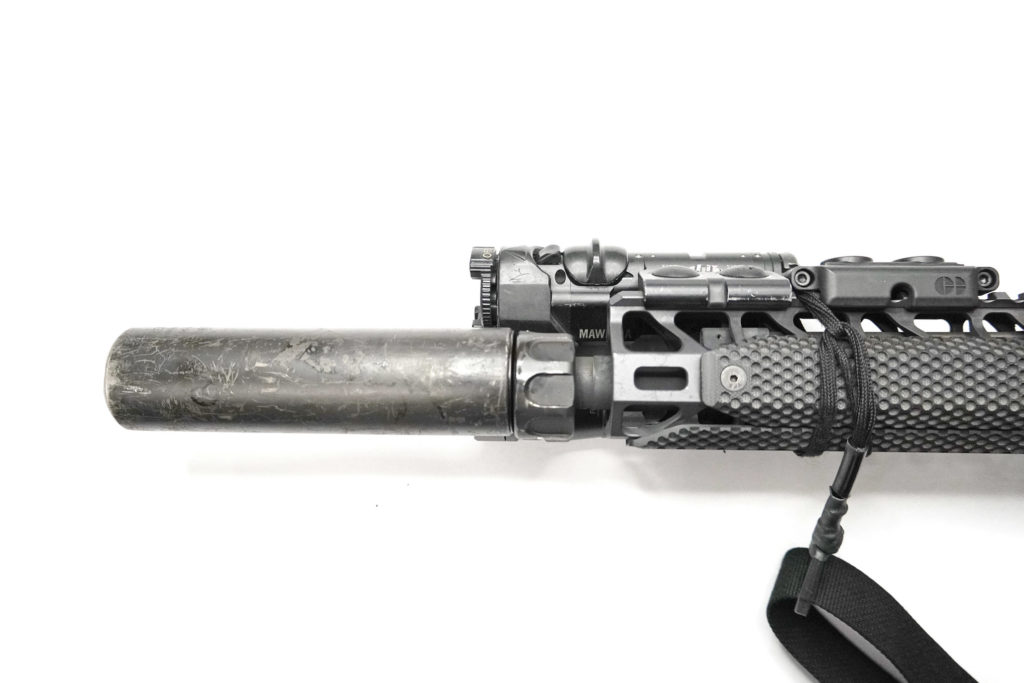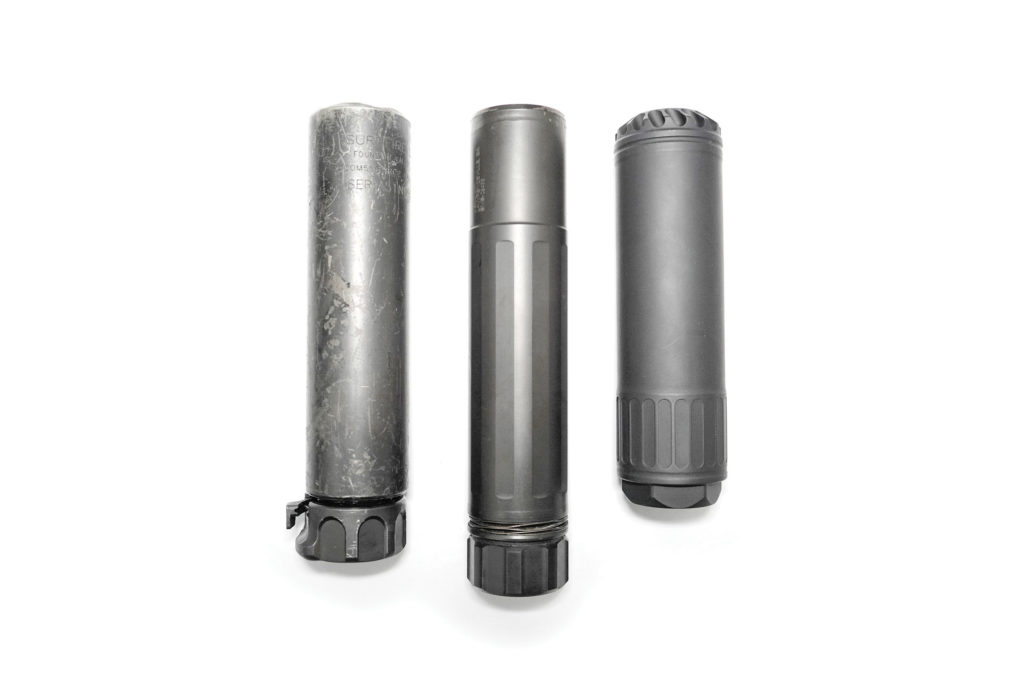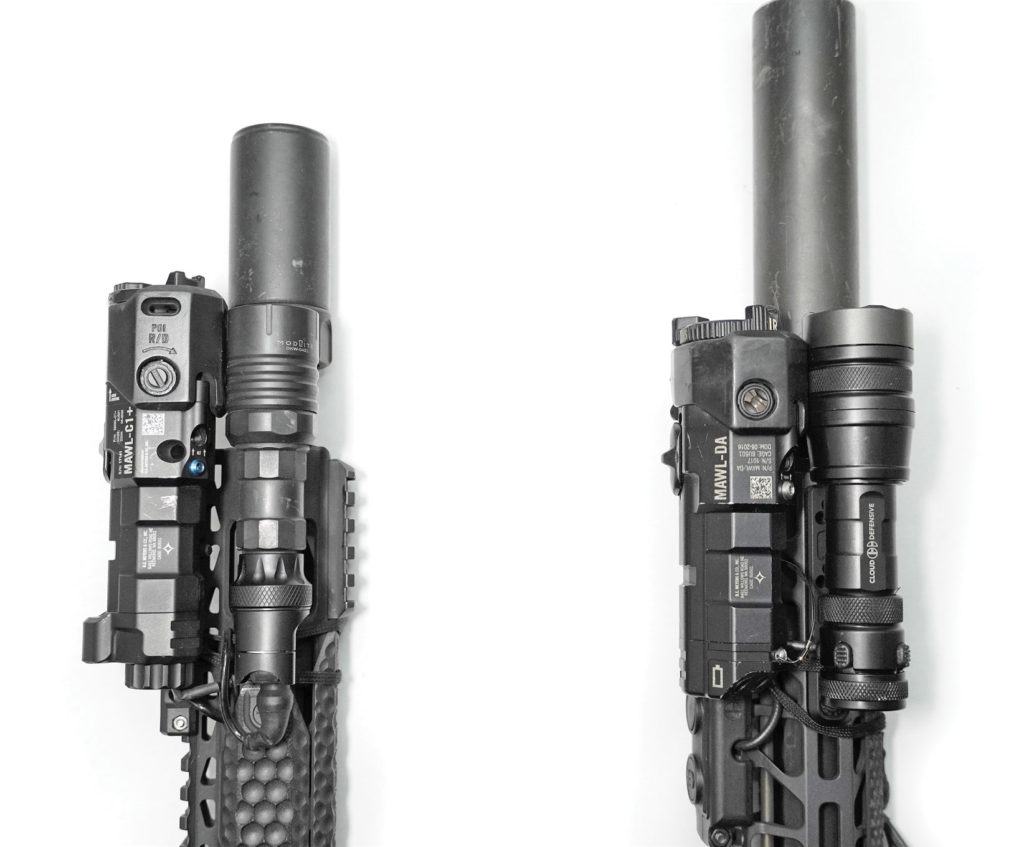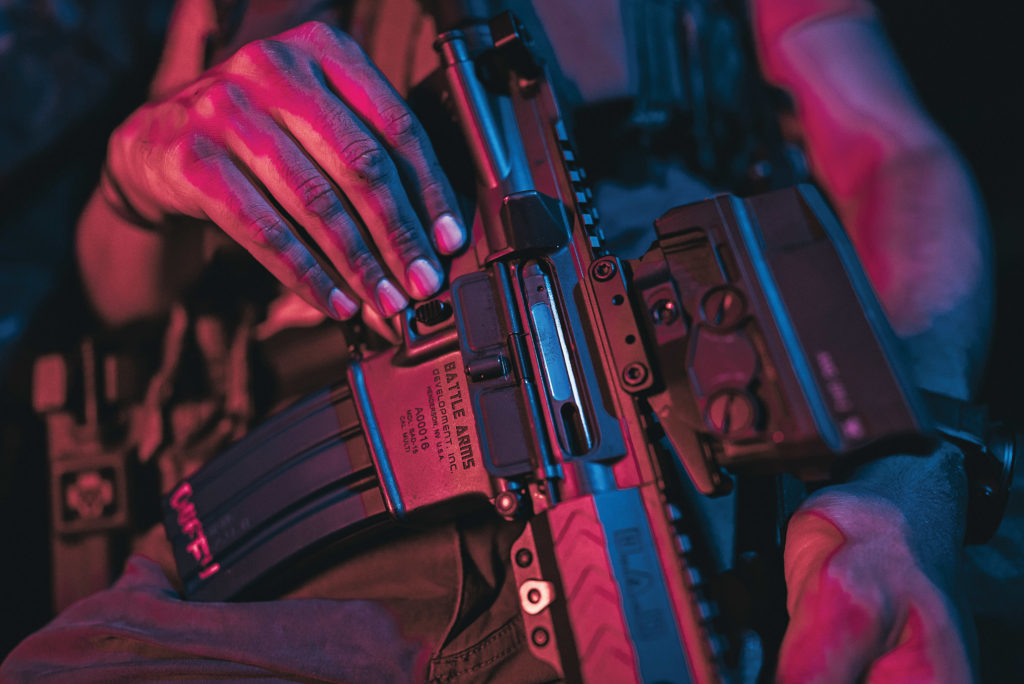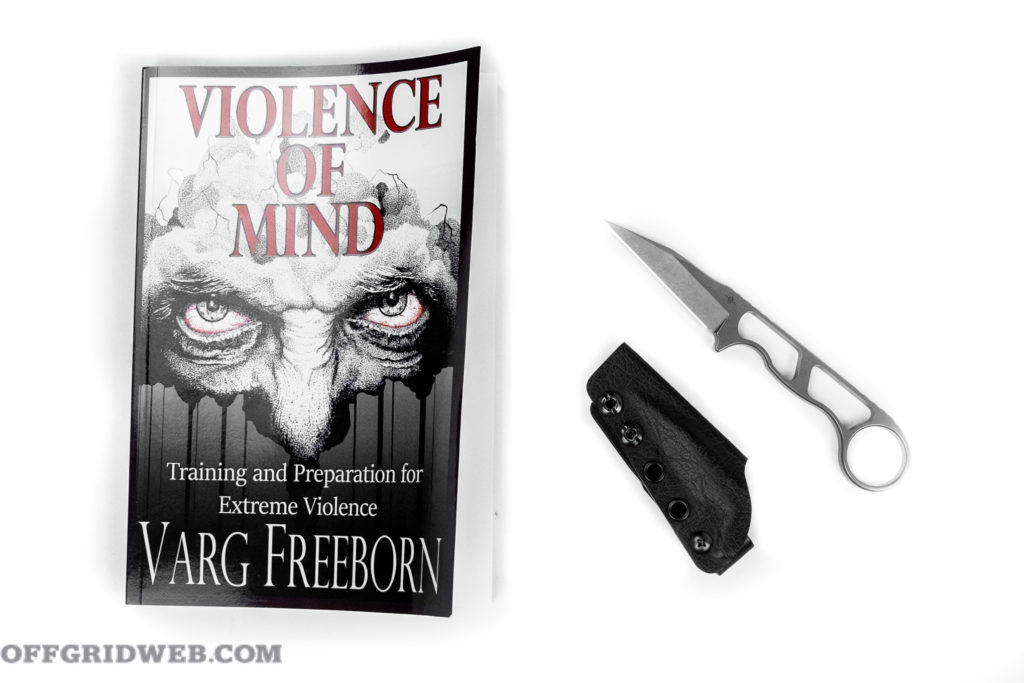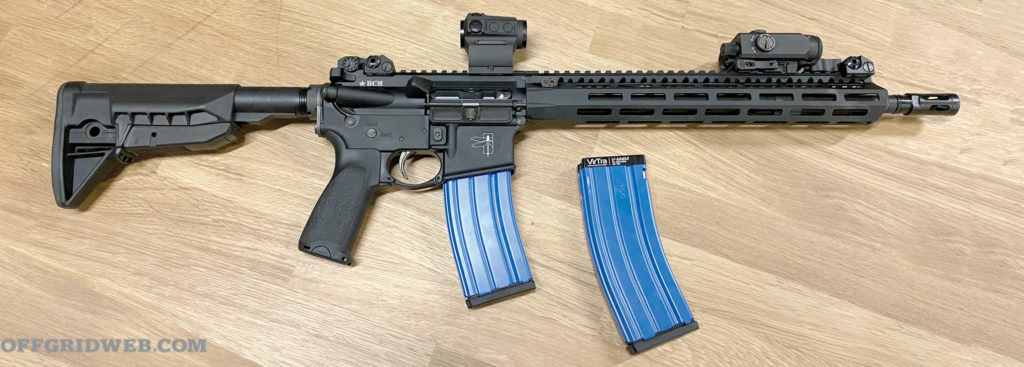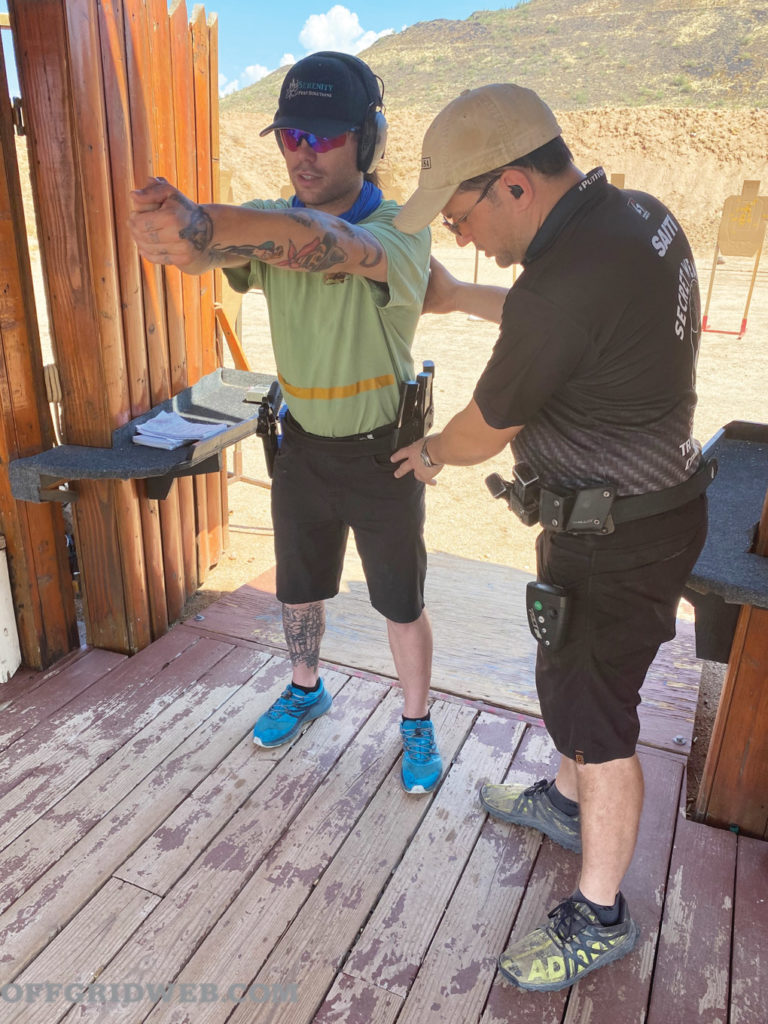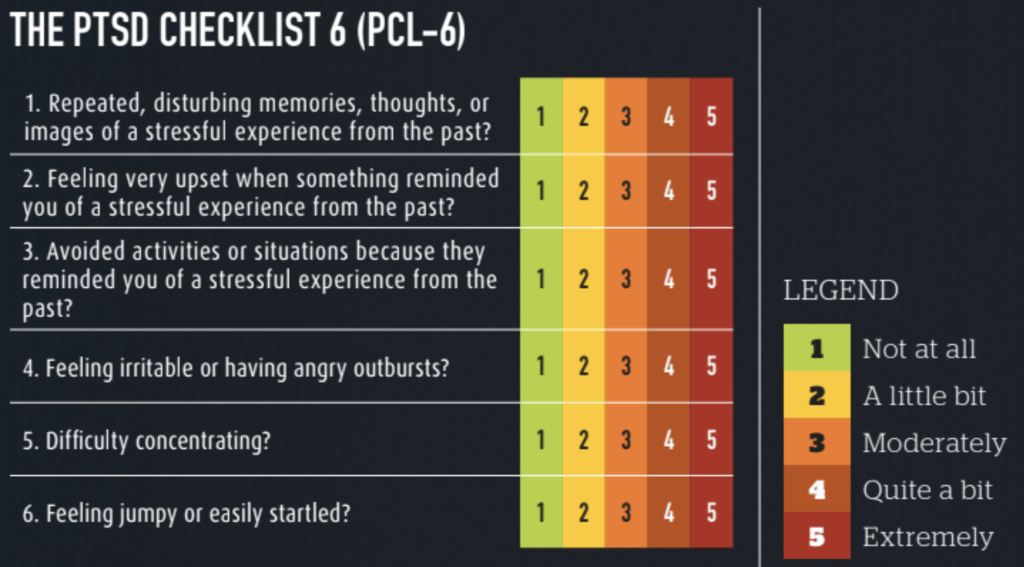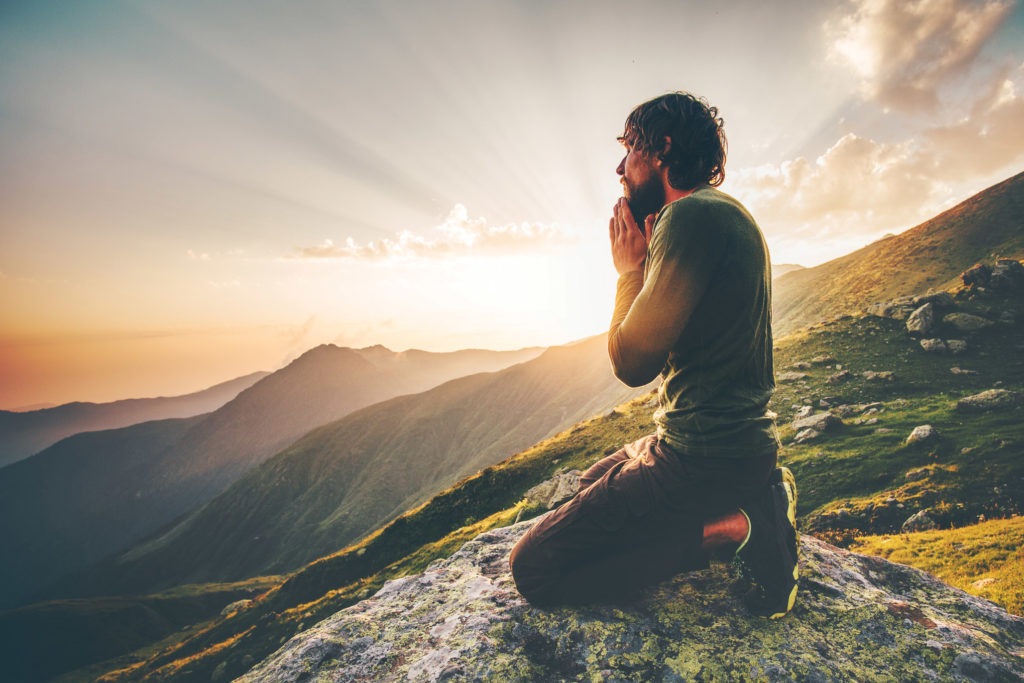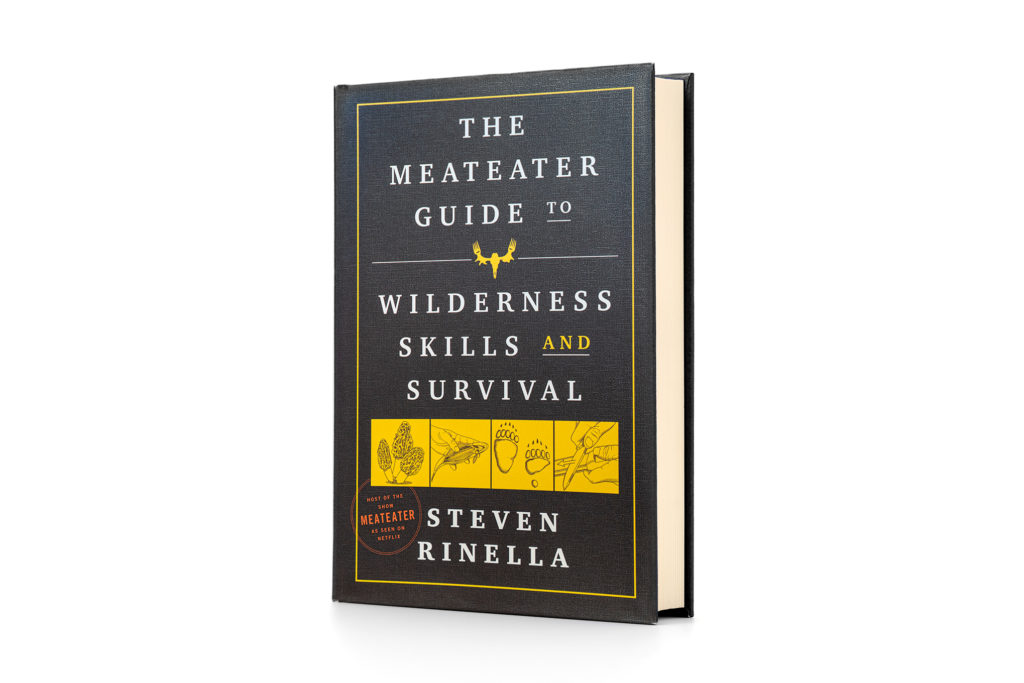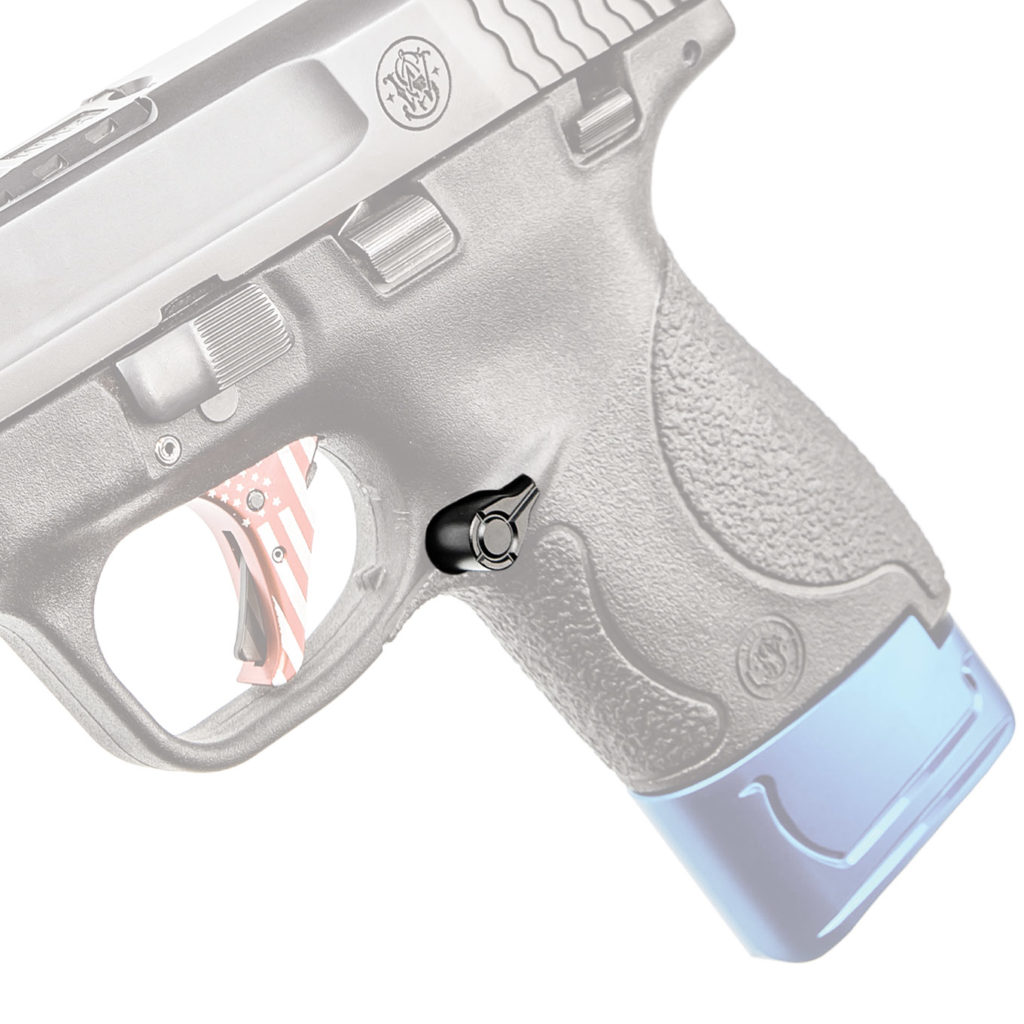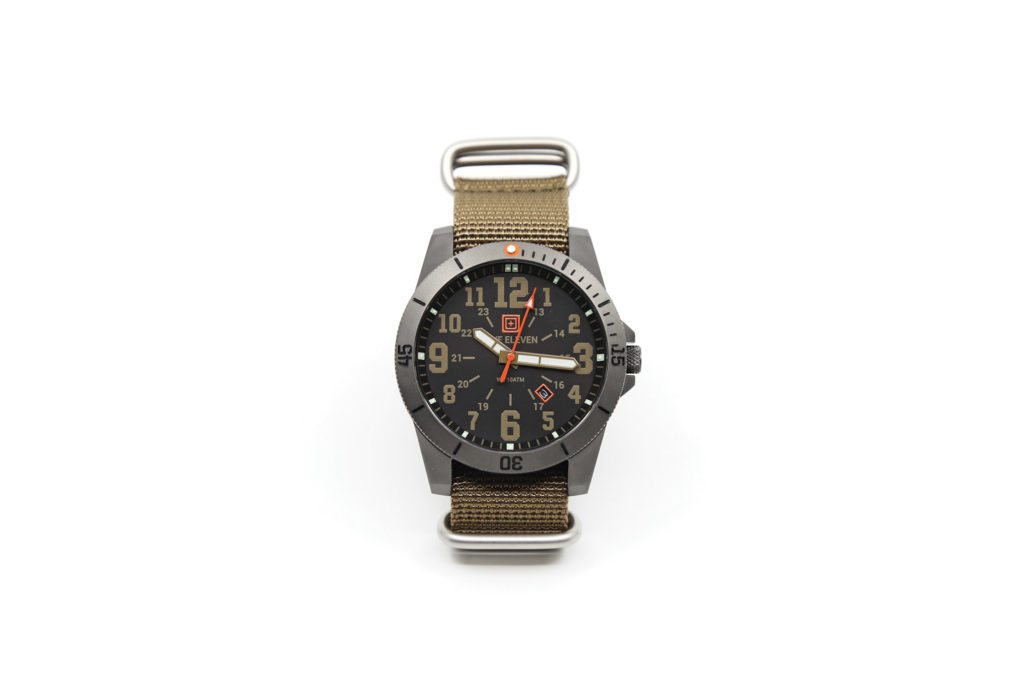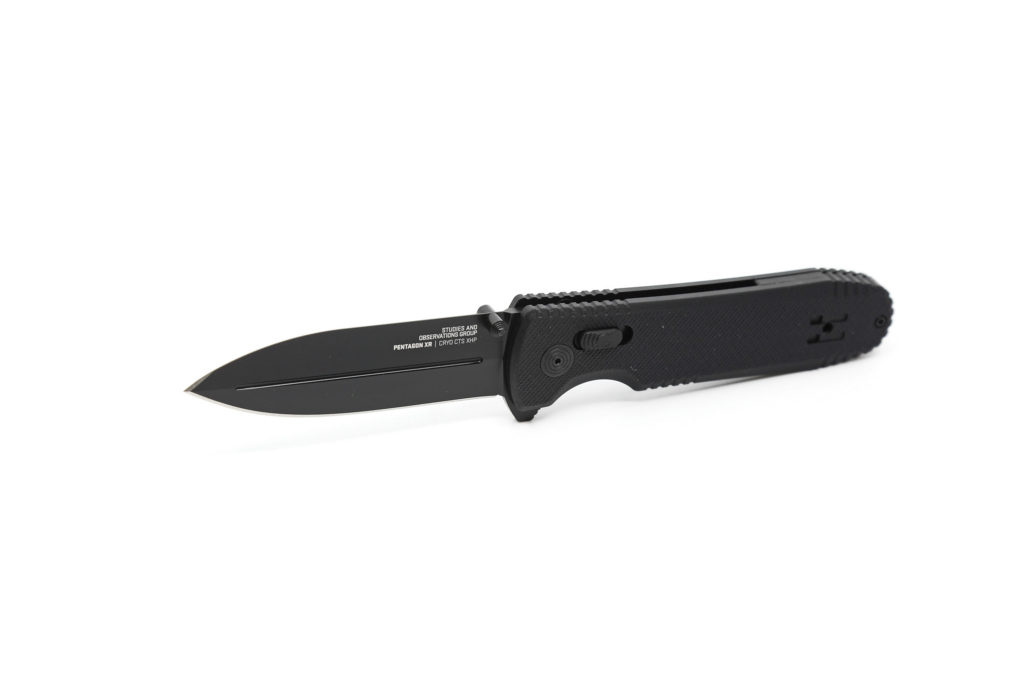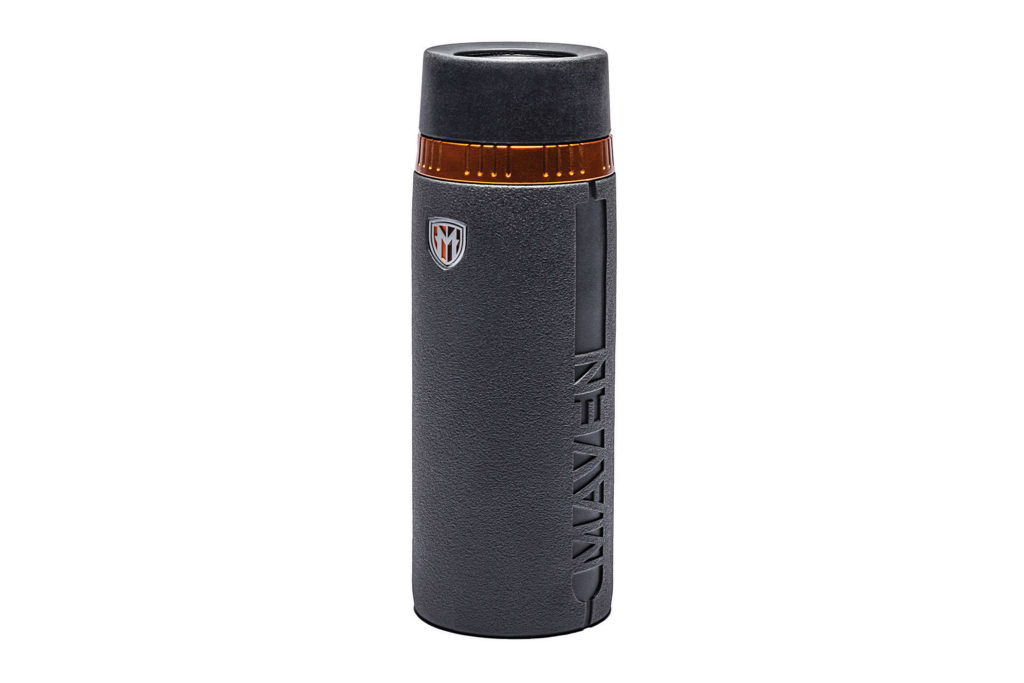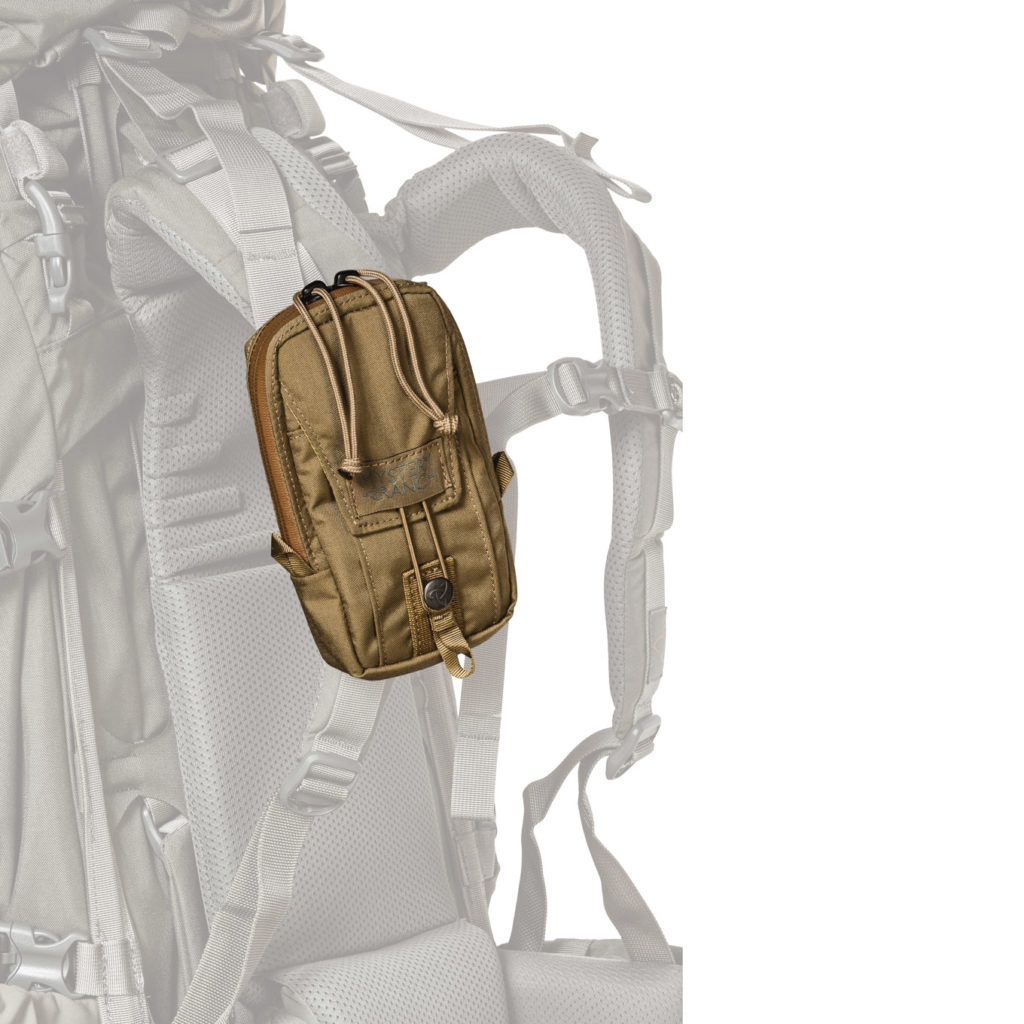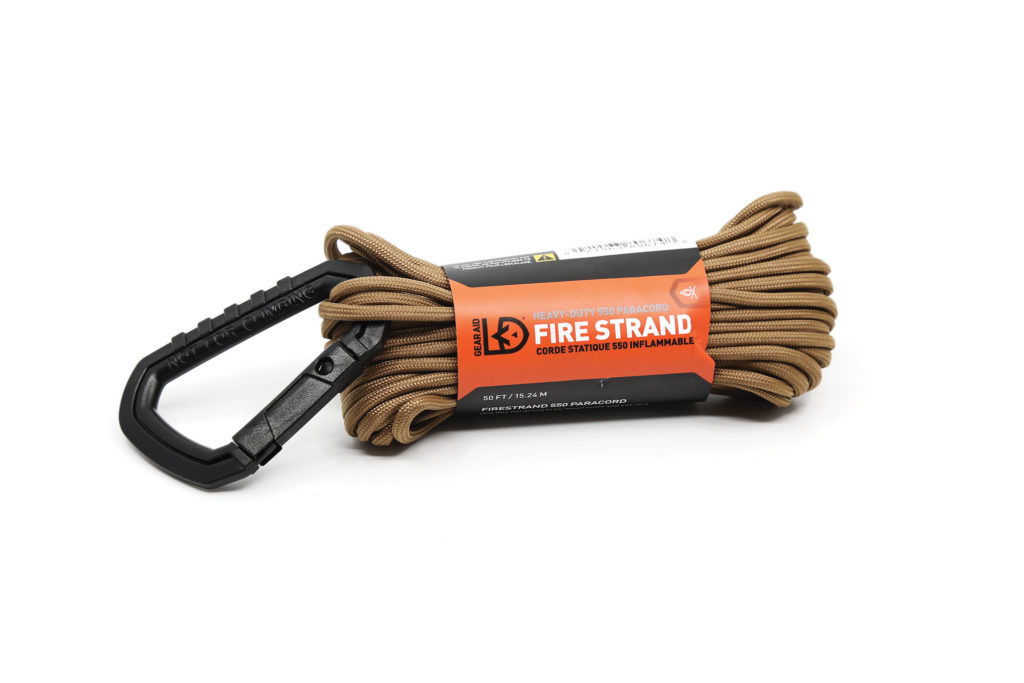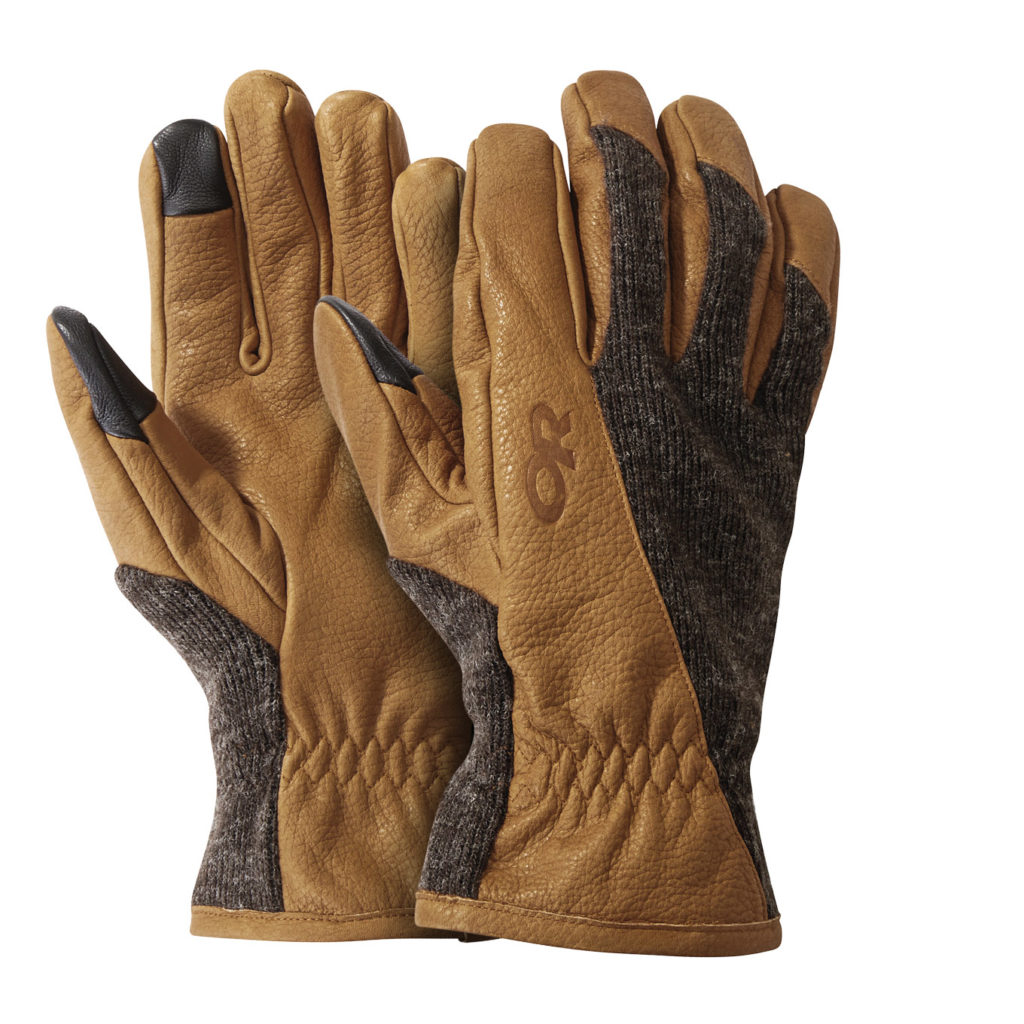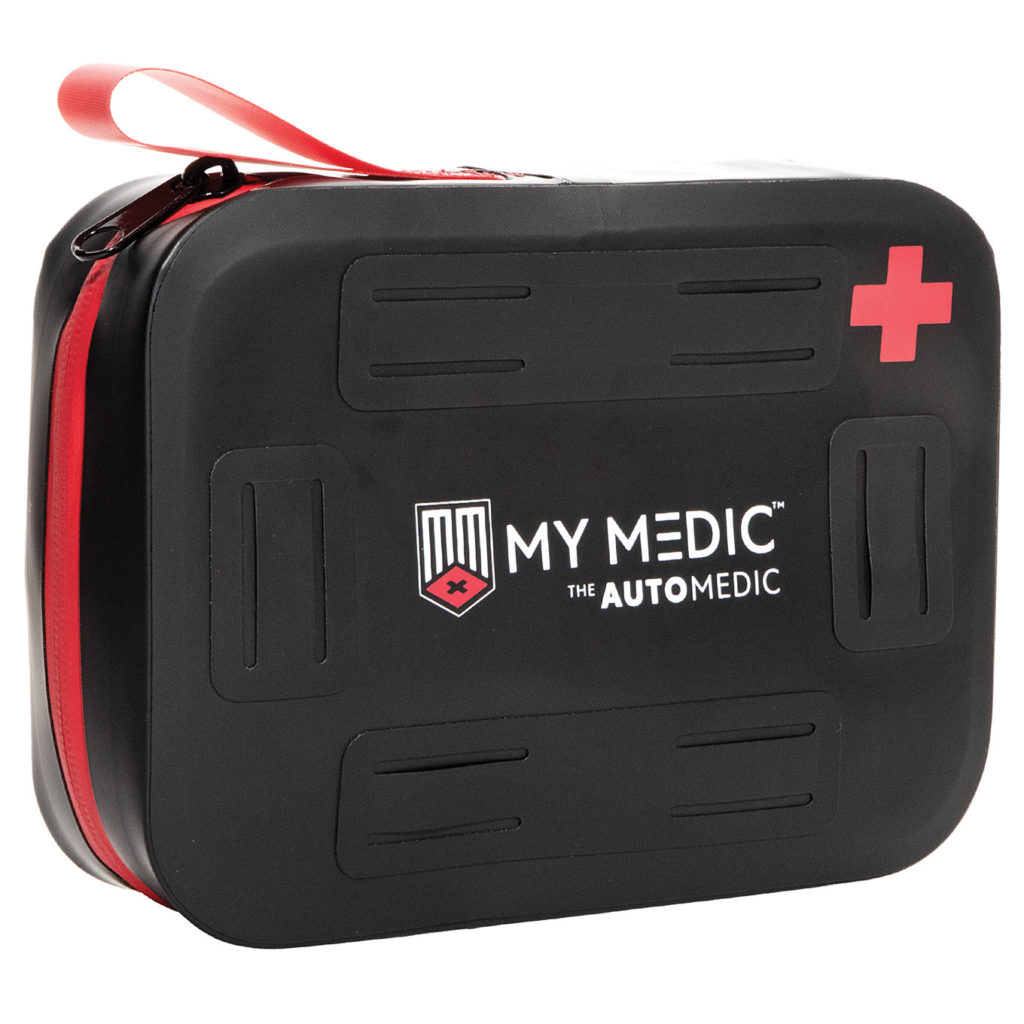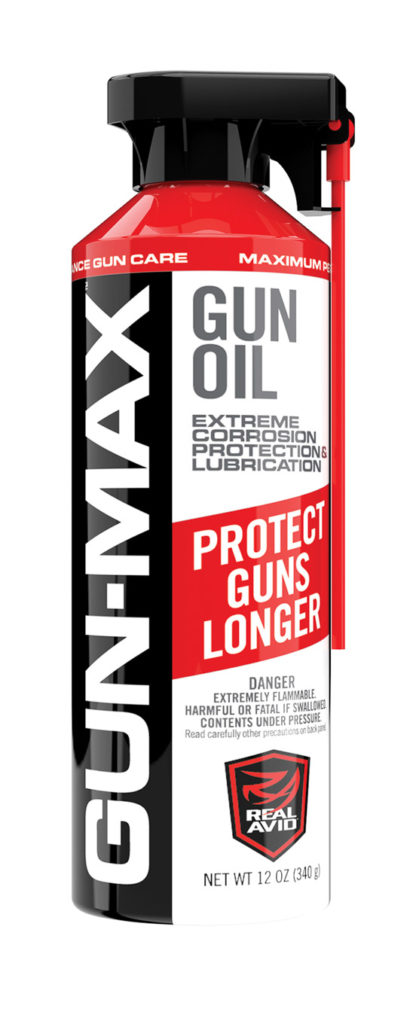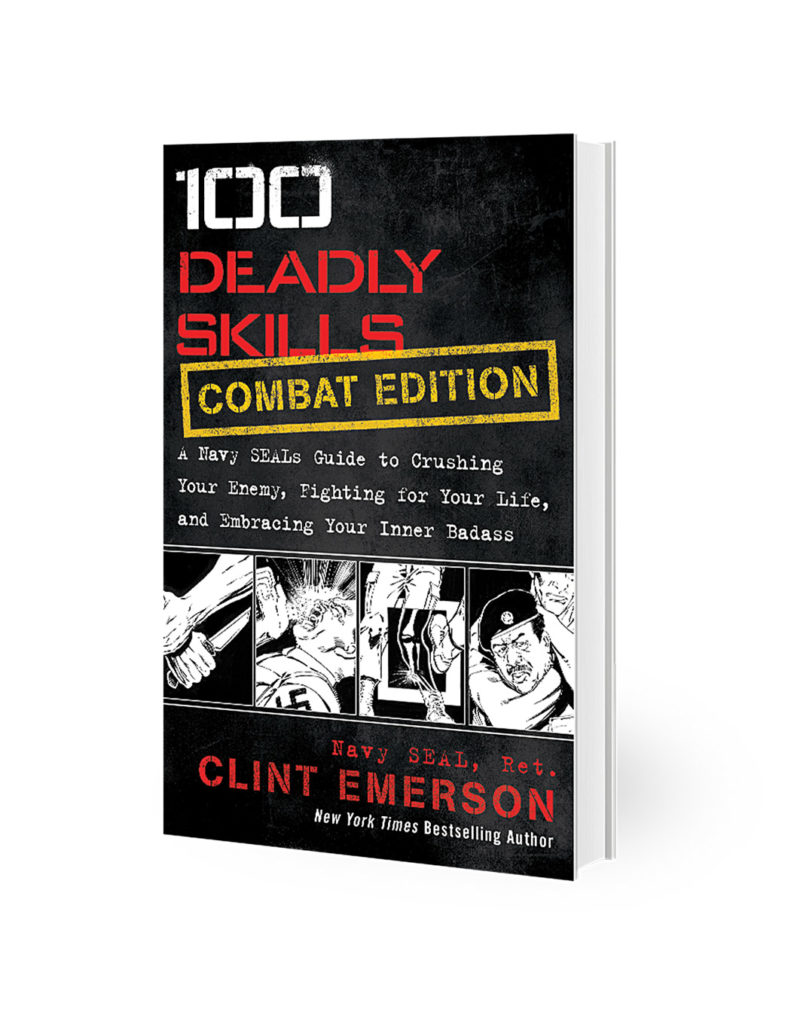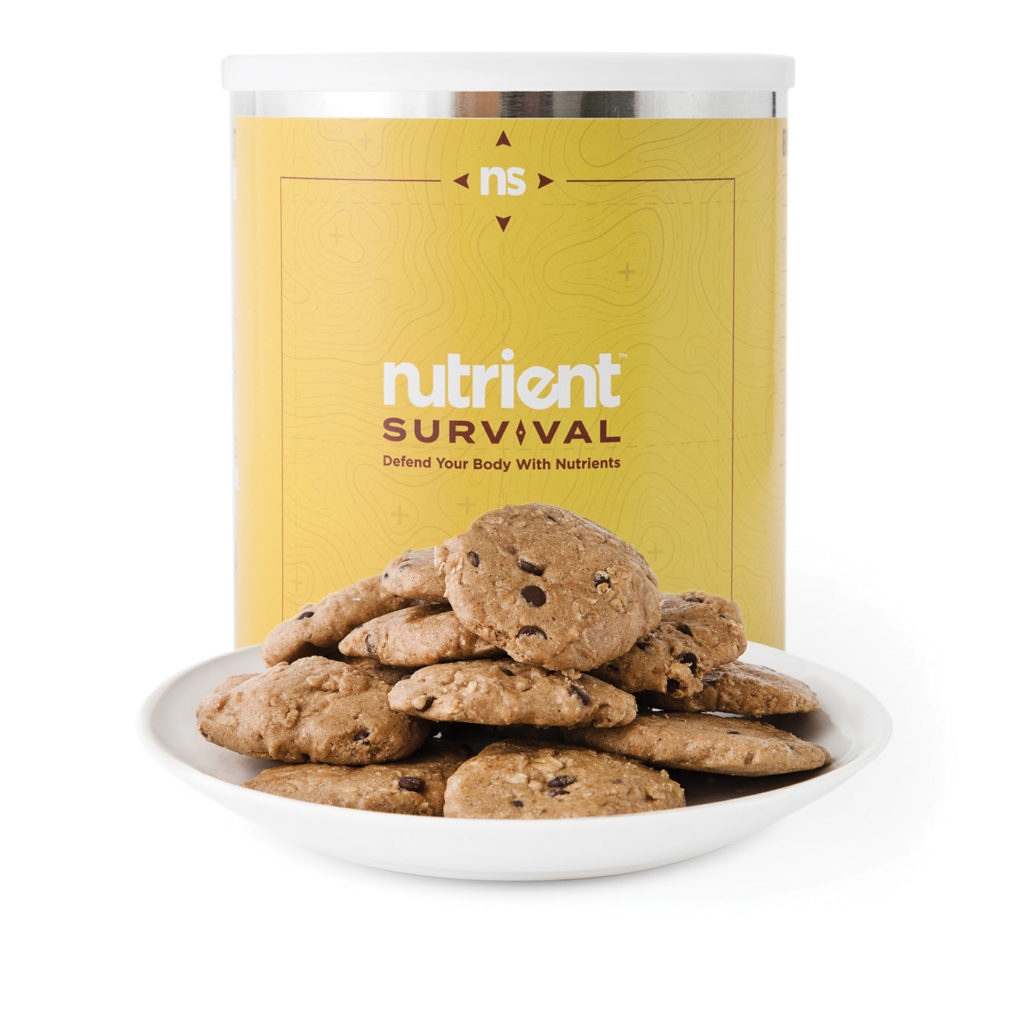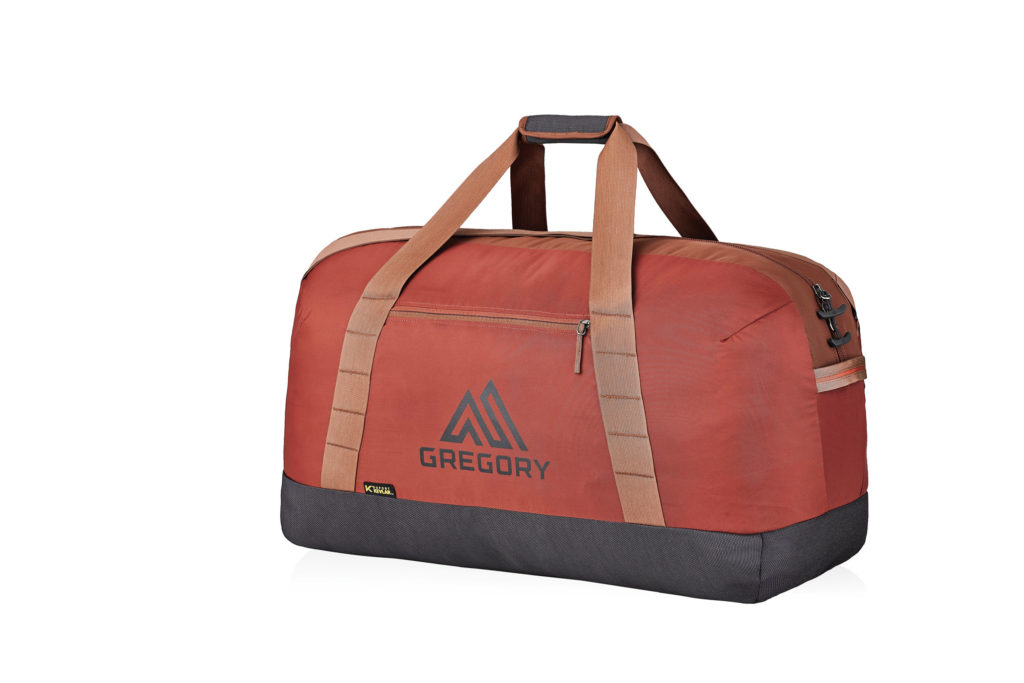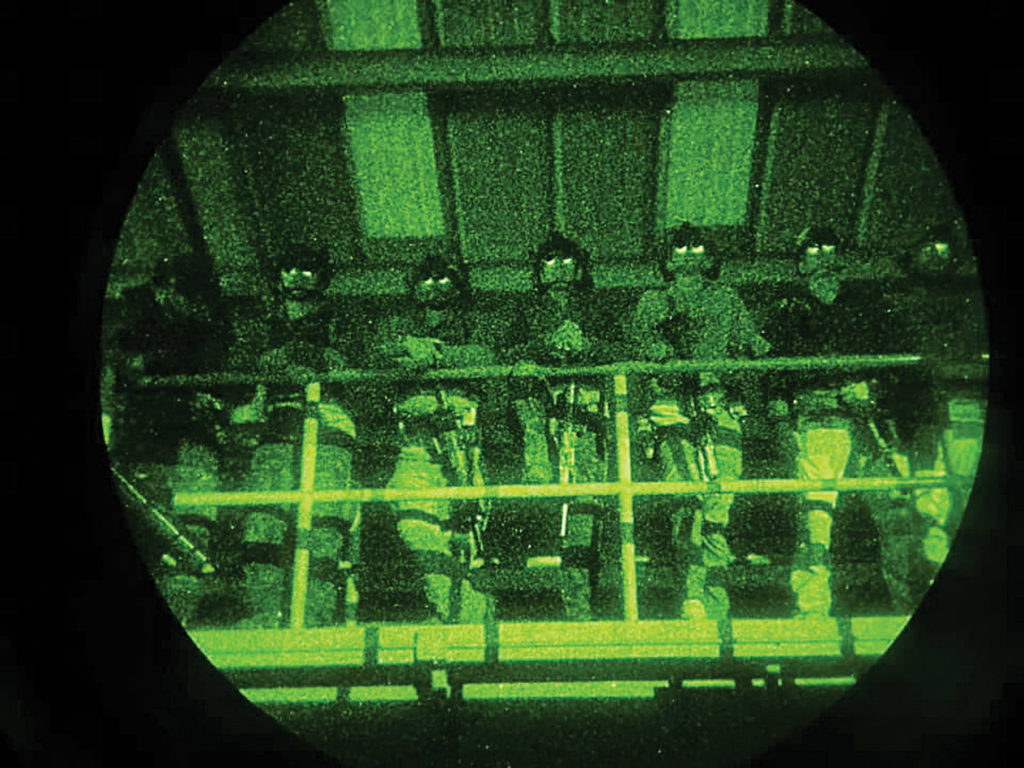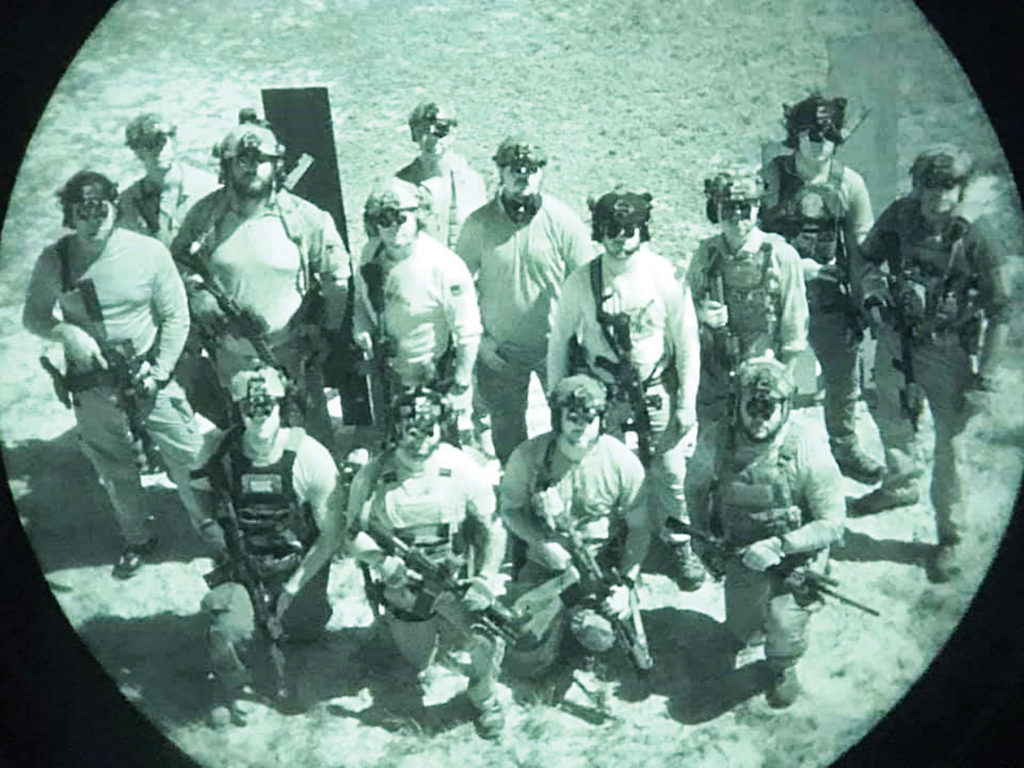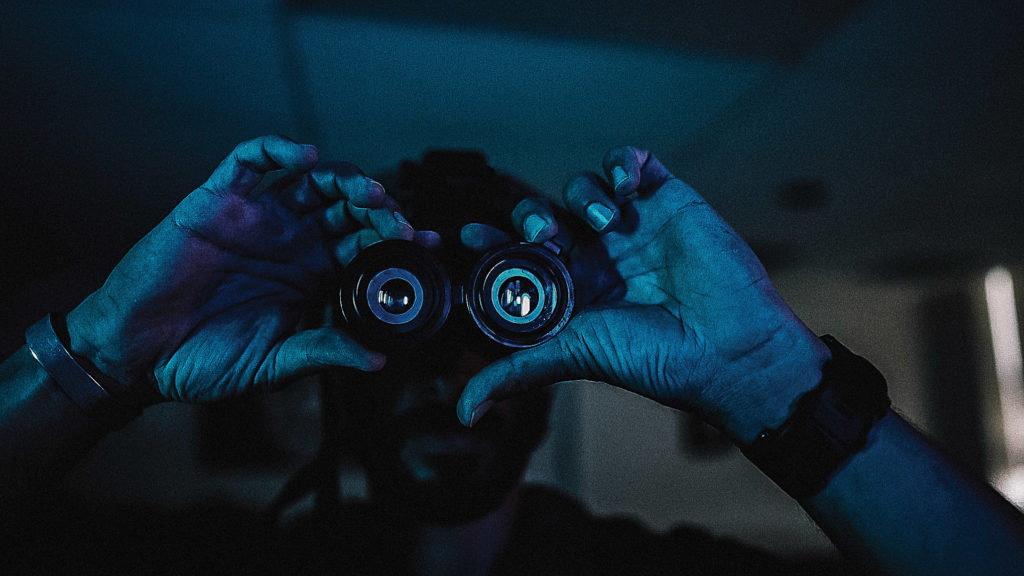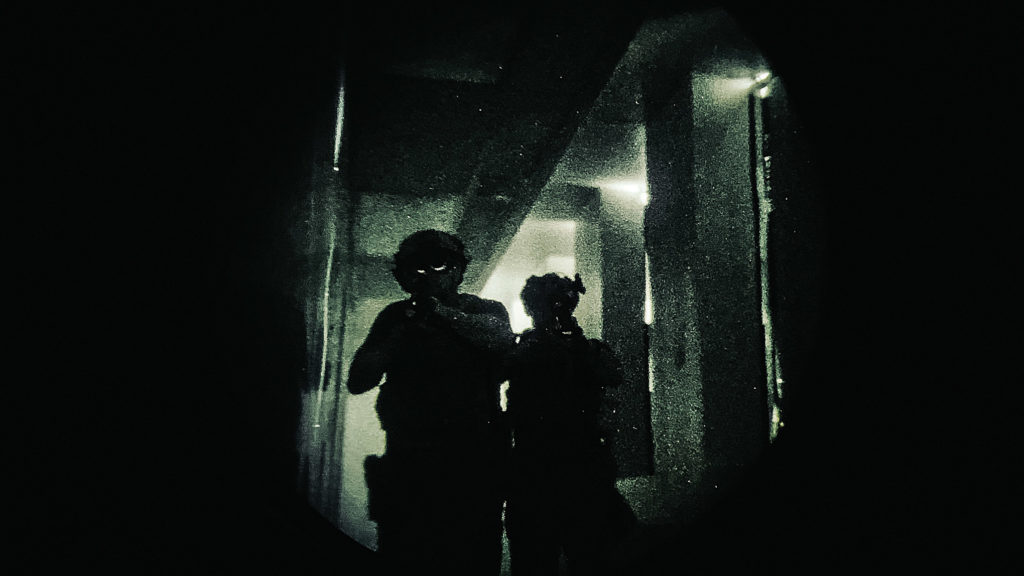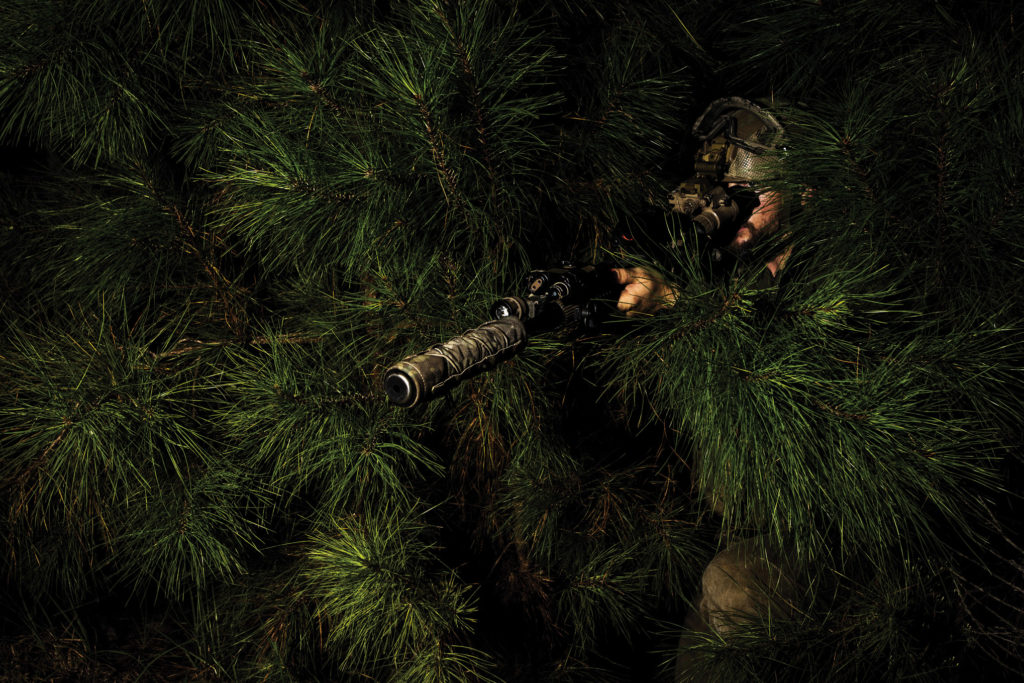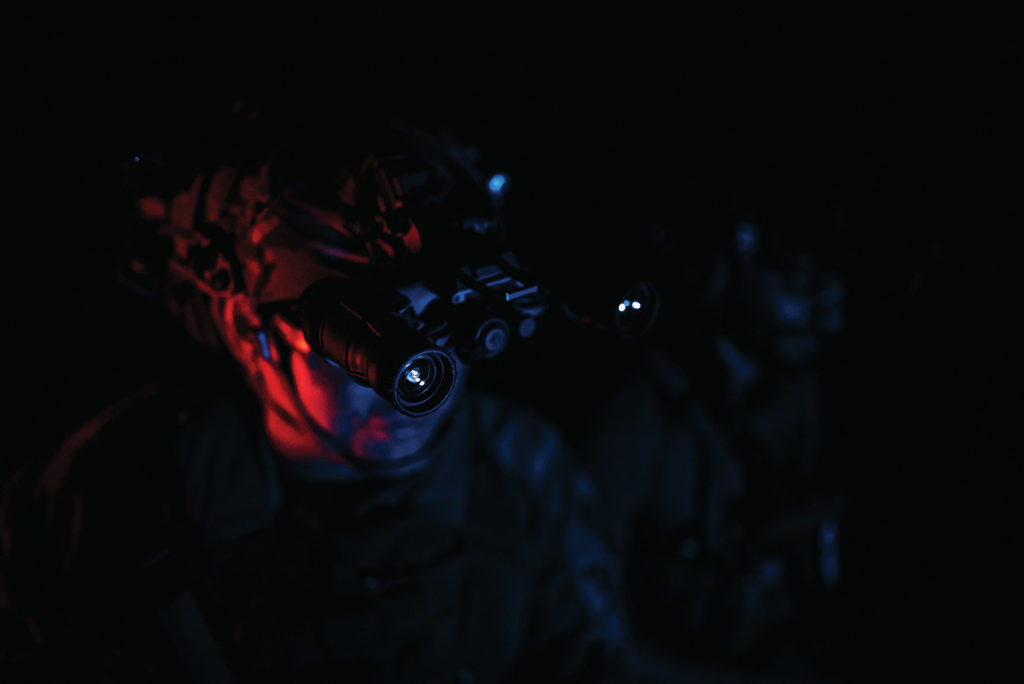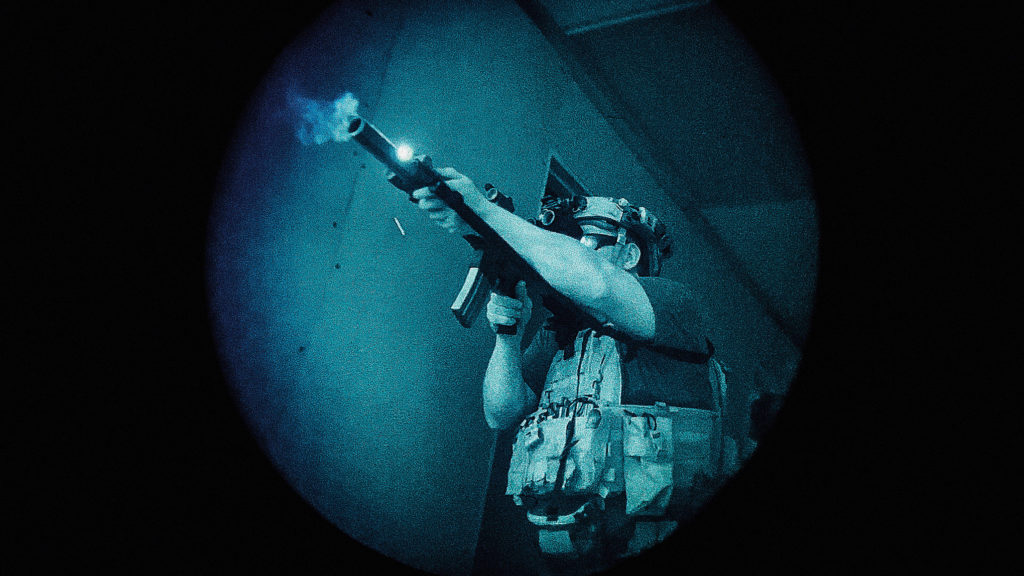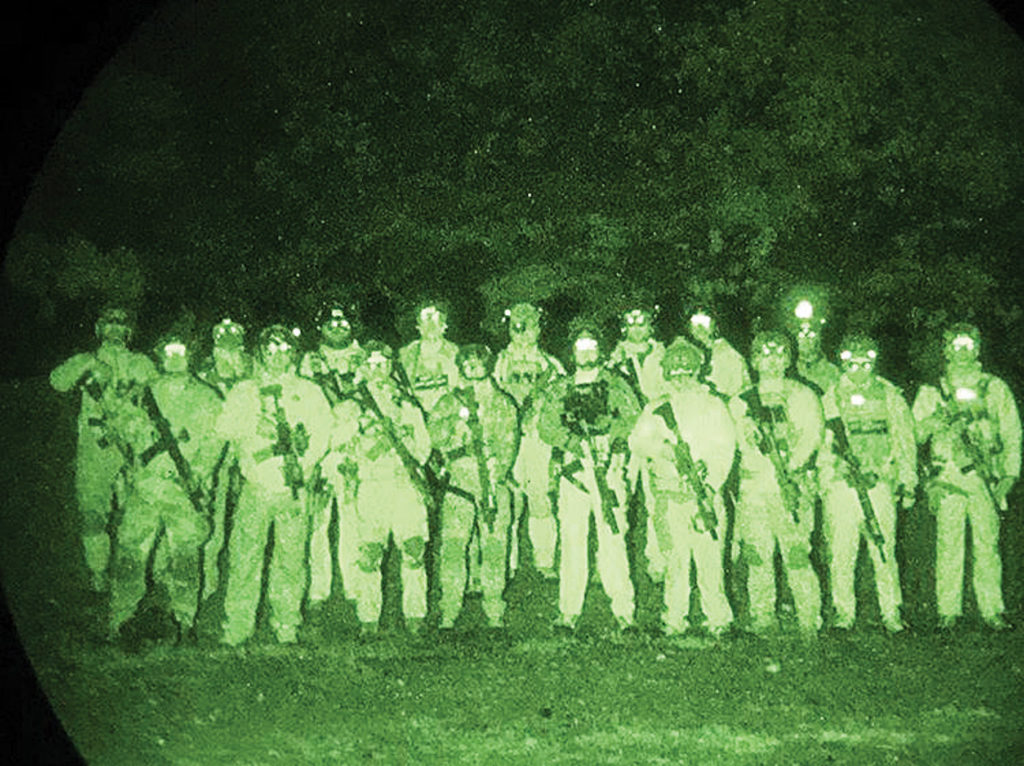In This Article
When we asked survivalist Les Stroud (see Issue 21) what his most important everyday-carry (EDC) item was, we were shocked to learn it wasn’t something sexy like a folding knife, but rather it was cash and credit cards. His reasoning is that you’re more likely to use what’s in your wallet or money clip — not your go-bag — to either evade a crisis or to recover from one.
Picture buying fuel for your vehicle before a hurricane evacuation, or having the liquid funds to pay for a replacement part in the event of an unforeseen breakdown. In the worst-case scenario, you might have to bribe your way through a situation. Money solves a lot of problems, and can usually help prevent the rest.
That’s why we’re taking a closer look at a convenient way to carry these items: money clips.
Before minimalist wallets were invented, the money clip existed in various forms for centuries, but the modern version was patented in the early 20th century. It’s usually made of rectangular metal that’s folded in half so that cash and/or cards can be wedged between the two ends. Some have hinged clamps, while others feature a timepiece or are decked out with diamonds.
The money clips we review here aren’t quite that Gucci. Some are simple but functional, others have integrated tools, and one is even ubiquitous office stationery you probably never even thought of using. All are worth a look-see.
5.11 Tactical Utility Money Clip Multitool
Material: Spring Steel
Dimensions: 2.5 by 1 inches
Weight: 1 ounce
MSRP: $20
URL: 511tactical.com
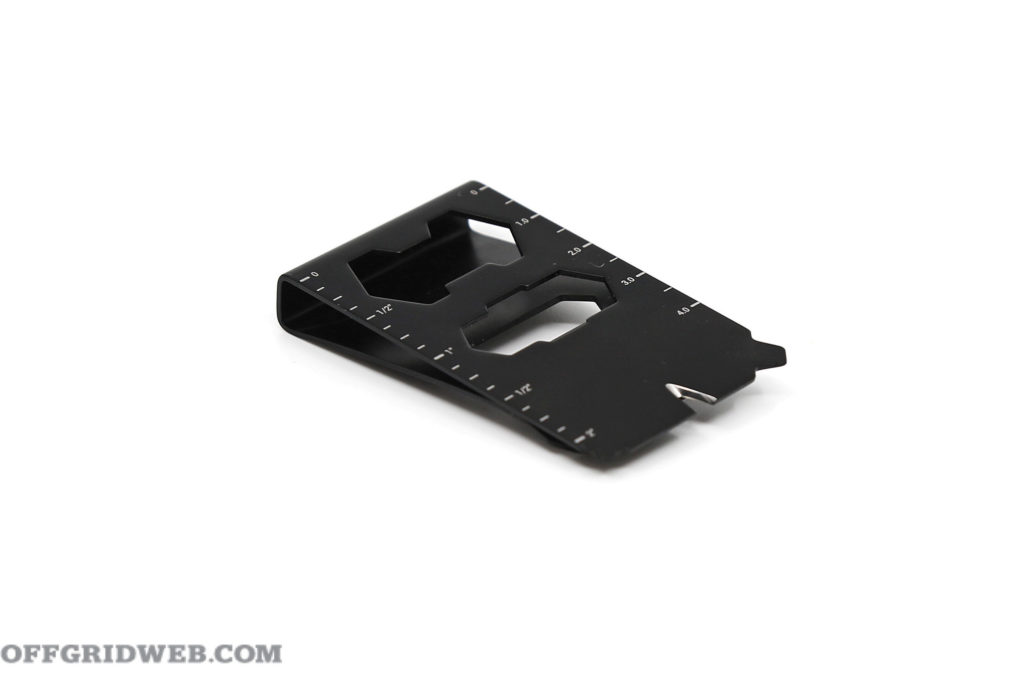
At first glance, this clip looks like your average modern money clip. But on closer inspection, you’ll realize it actually has some built-in tools that give it more functionality than just holding your paper and plastic. There’s a wire stripper, bottle opener, multi-size bolt wrench, flathead screwdrivers, and both metric and imperial rulers. Overall, it’s a robust money clip with a smart, functional design.
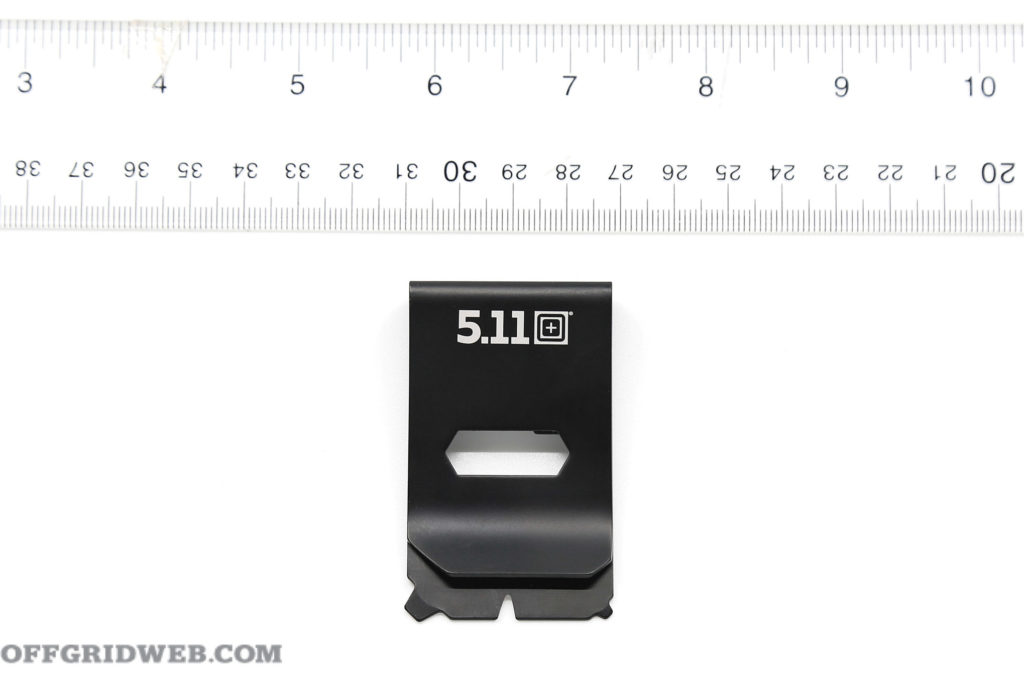
Pros:
- Integrated tools add greater utility
- Goldilocks size: not too small, not too bulky
- It’s made of 1.2mm spring steel, providing good strength to keep your valuables in place, but it’s flexible so it won’t crack.
Cons:
- It’ll be a tight fit if you want to carry more than just one or two credit cards and a wad of cash.
- The screwdrivers are too stubby to reach recessed screws.
Filson Tug Boat Money Clip
Material: Brass, Copper
Dimensions: 2.6 by 1 inches
Weight: 1 ounce
MSRP: $78
URL: filson.com
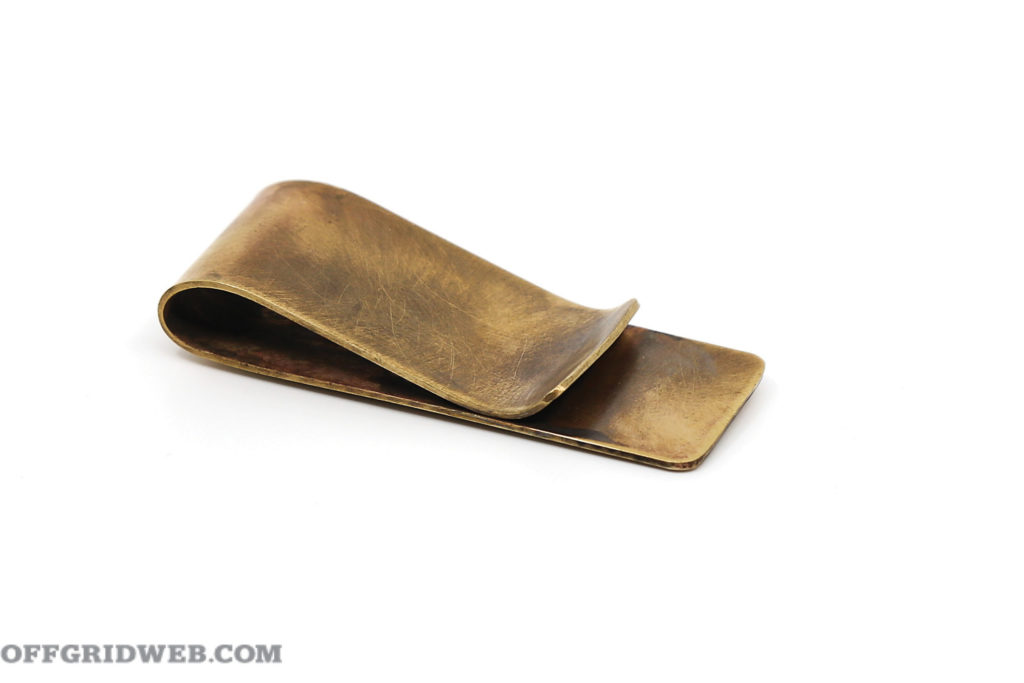
This is something your granddaddy probably could’ve carried — and that’s a compliment. Handmade in Ohio from brass and copper, this Filson accessory features a tugboat that’s handcut using a jeweler’s saw then soldered into place. This limited-
edition piece has the look, feel, and weight of an old-school money clip and harkens back to an era when craftsmanship mattered and products lasted longer. A classy, made-in-the-USA money clip for EDC.
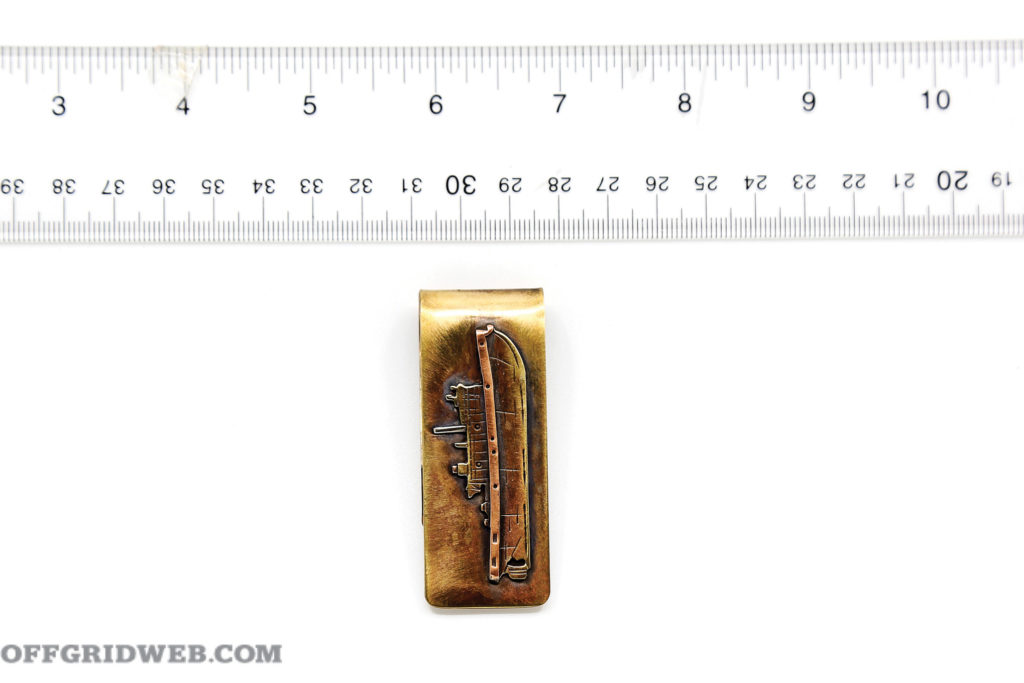
Pros:
- Intricate artwork and vintage appeal
- Solid heft without being heavy
- Tight clip ensures your moolah won’t go missing
Cons:
- Unlike some of the other clips reviewed here, this one doesn’t have any secondary functions despite being the priciest option at $78.
Halfbreed Blades CCC-01
Material: Titanium
Dimensions: 2.1 by 1 inches
Weight: 0.4 ounces
MSRP: $55
URL: halfbreedblades.com
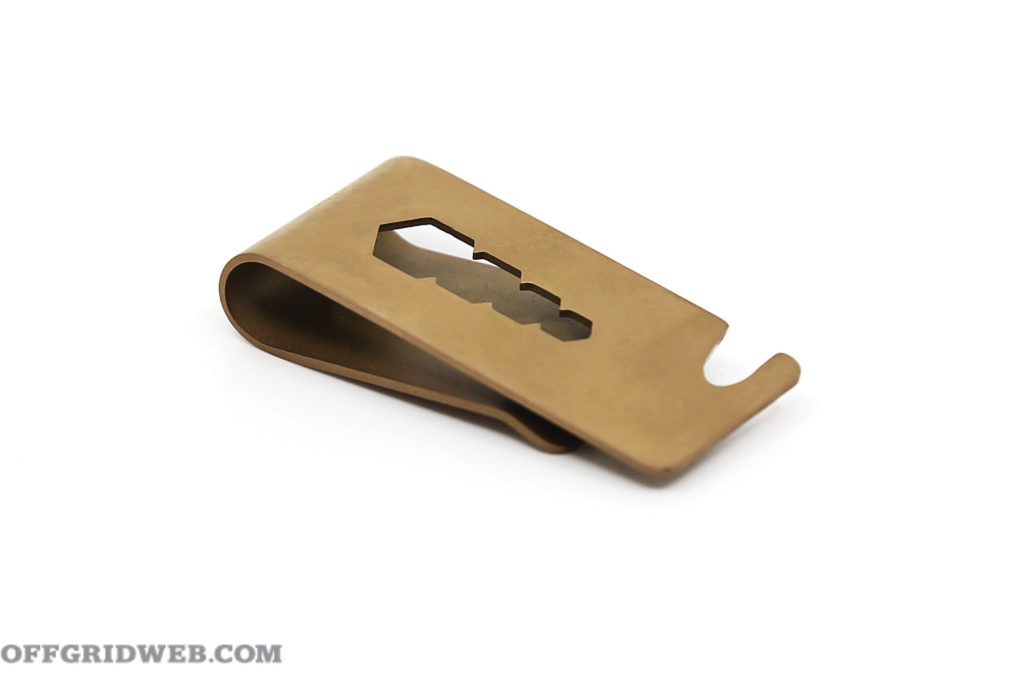
The CCC-01, or Cash & Card Clip, earns our Top Pick Award because it can do more than just hold your dough and plastic. Made from titanium, it has a built-in belt cutter (for slicing seatbelts in emergencies or more mundane tasks like opening packages) and a multi-size hex wrench (for your torquing needs). It’s a badass blend of good looks, smart design, durability, and EDC functionality. Available in Black, Dark Earth, and Ranger Green.
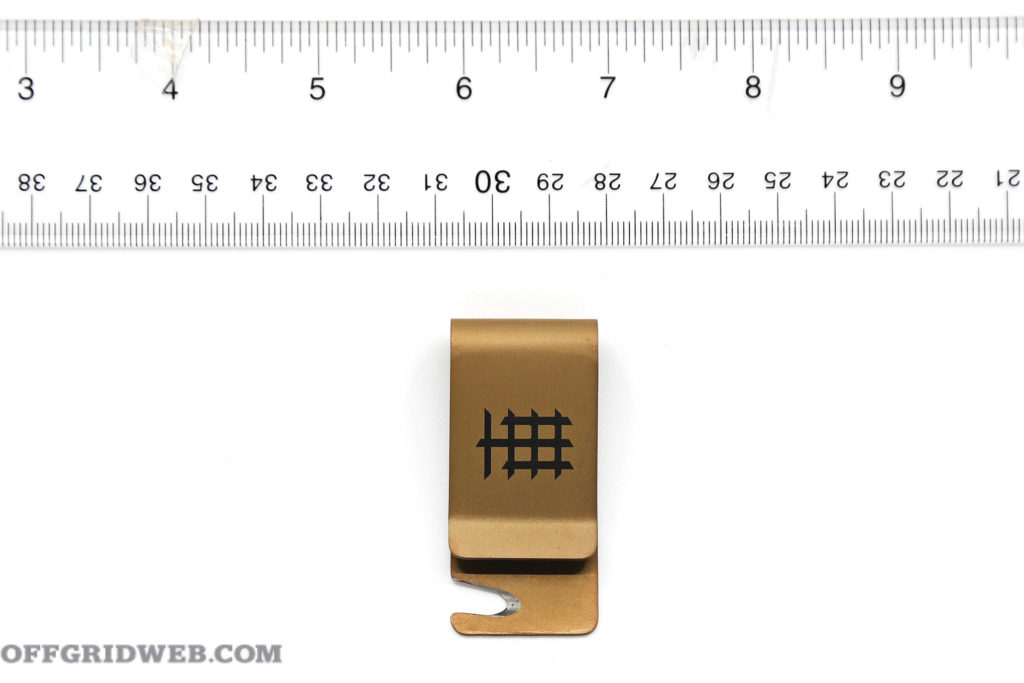
Pros:
- It’s as tough and functional as it is handsome.
- Titanium is flexible yet incredibly strong and lightweight.
- Anti-reflective PVD coating increases wear resistance
- Comes in a classy foam-lined box with logo sticker, warranty card, specifications card, and certificate of authenticity
Cons:
- There’s a roughly 1/8-inch gap where the clip’s two ends meet, which makes it easier to slide a thick fold of greenbacks … but is too loose if you want to carry only a couple of bills.
MGear Gadget Wallet 2.0 – Hero Edition
Material: Various, including polymer and stainless steel
Dimensions: 3.6 by 2.6 inches (entire wallet + money clip)
Weight: 3.7 ounces (entire wallet + money clip)
MSRP: Starting at $50
URL: mgear.io
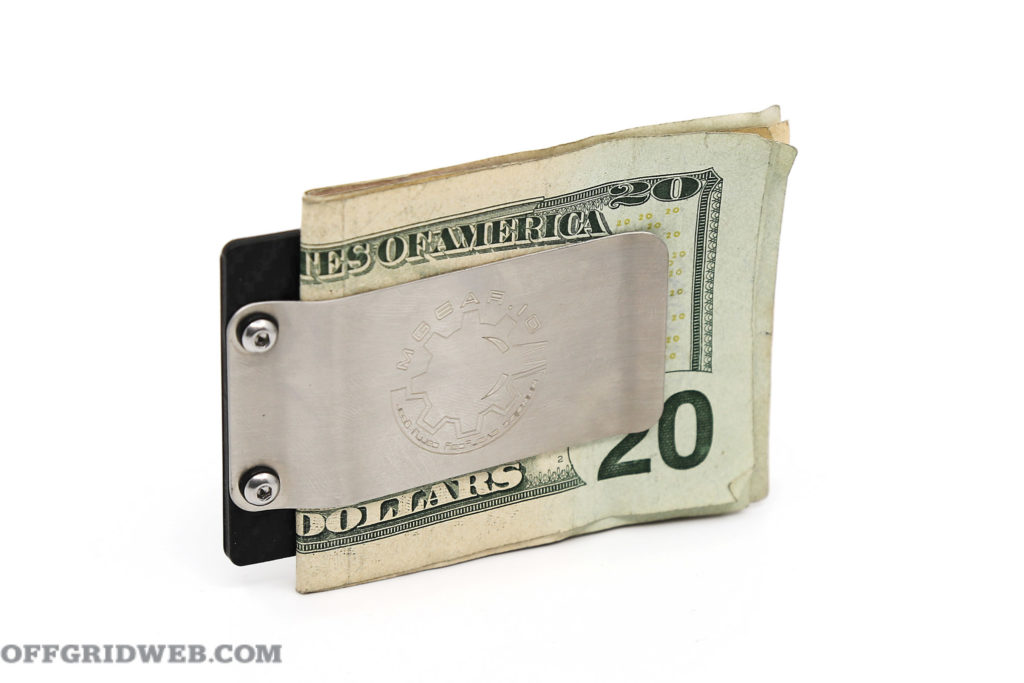
This is actually a multi-tool wallet, but we’ve included it because it comes with a substantial money clip that’s removable. What’s cool about the Gadget Wallet is that it’s customizable à la carte style; you can pay extra for a custom printed image, an engraved steel clip, or a variety of survival tools. Our upgraded review sample — which came with the money clip, a 10-in-1 mutli-tool, and a Bruce Lee print on the backside — priced out at $59.
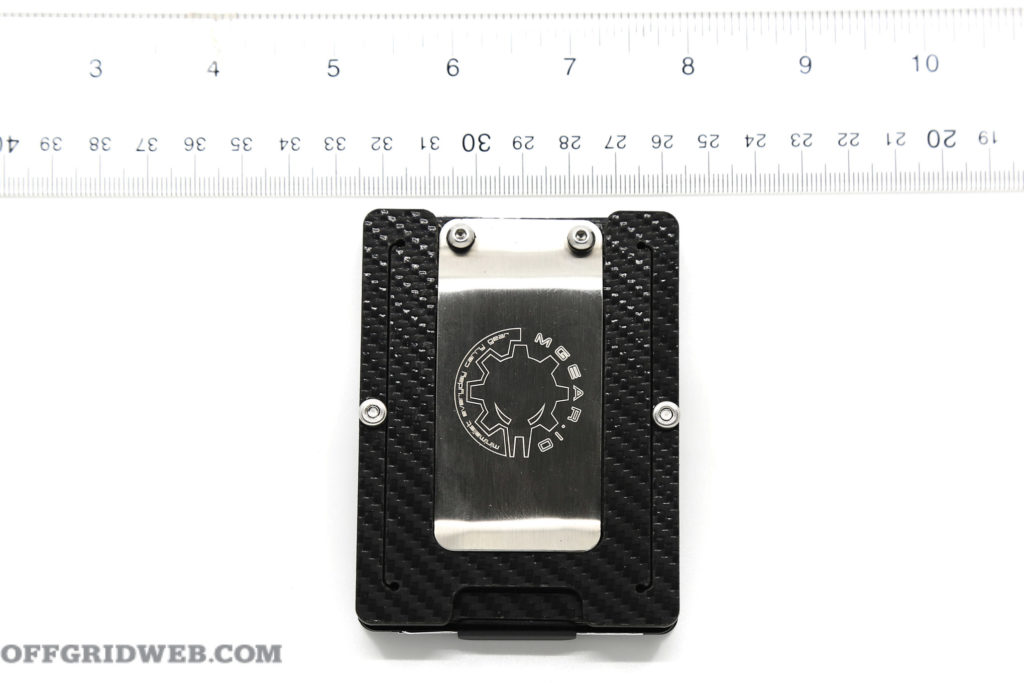
Pros:
- If you’re looking for more than just a money clip, the Gadget Wallet 2.0 offers greater cargo capacity in a slim package.
- Highly customizable for a reasonable price
- Base model wallet comes with Fresnel lens, RFID-blocking ruler/survival guide card, and more.
Cons:
- The stainless steel clip is large and strong, which is nice, but it’s screwed to a plastic frame with faux carbon fiber, which isn’t so strong and flexes too much.
- It might lean too close to the “tacticool” aesthetic for some.
Nite Ize Financial Tool Money Clip + Pocket Tools
Material: Stainless Steel
Dimensions: 3.5 by 2.2 inches
Weight: 3.3 ounces
MSRP: $20
URL: niteize.com
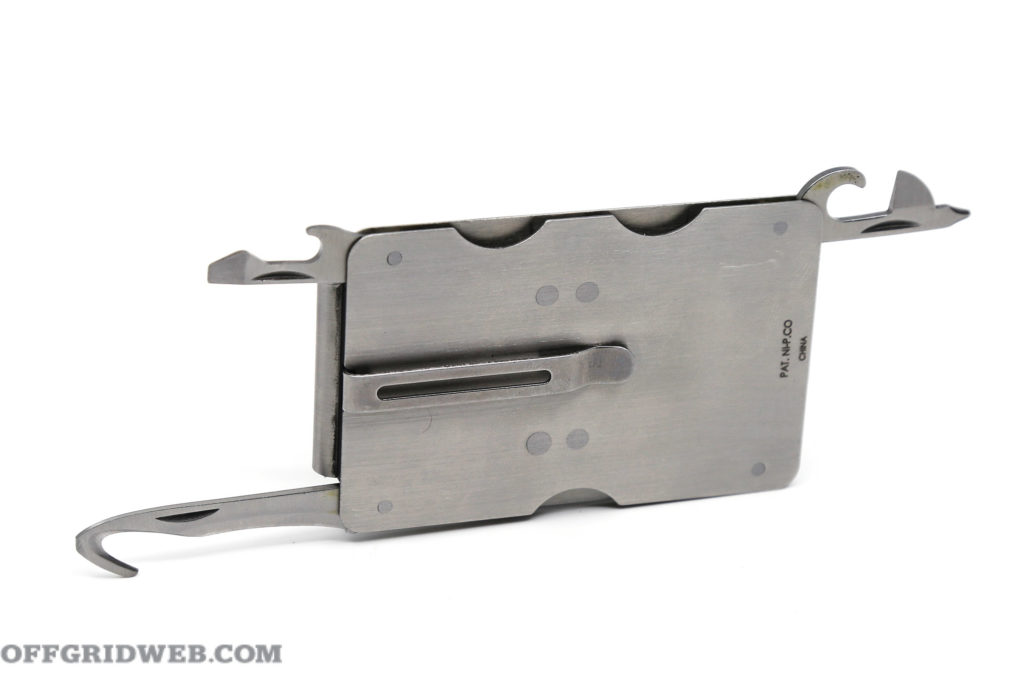
Unlike the conventional design, the Financial Tool Money Clip is folded twice, with the bigger fold for holding a couple of charge cards and the smaller fold for cash. Plus, it’s an extension of a larger rectangular body that houses a fold-out hook knife, can opener, bottle opener, and screwdrivers. The Financial Tool Money Clip is a brilliant outside-the-box design packed with utility for an affordable price, which is why it earns our Best Value Award.
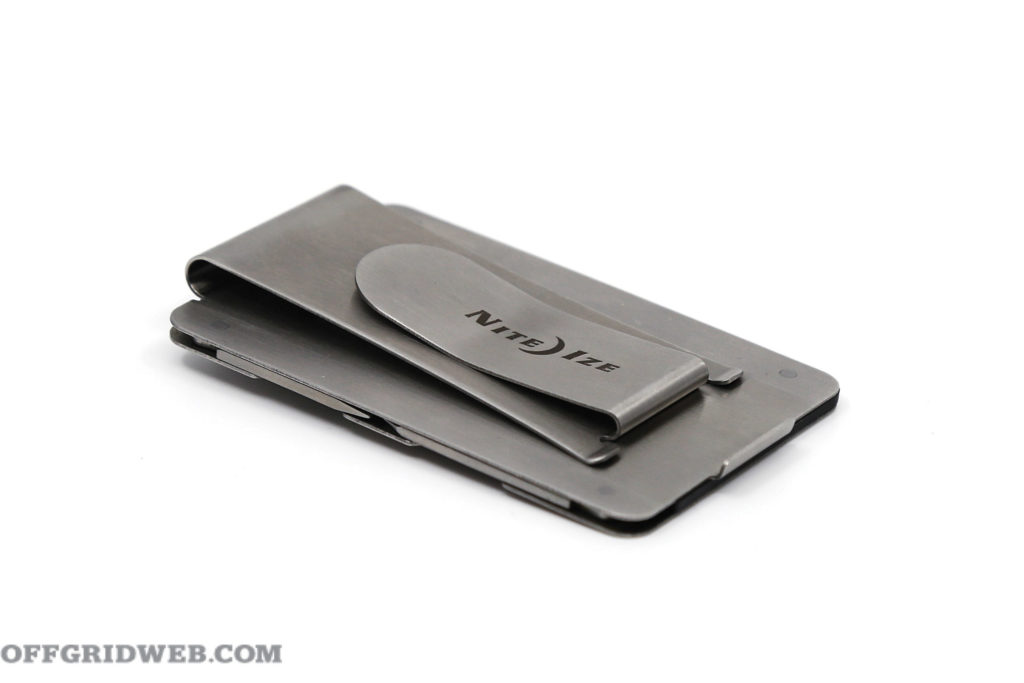
Pros:
- With a 6-in-1 multi-tool design, it’s more than a money clip.
- Durable stainless steel construction
- Comes with a retractable pocket clip for deep carry
- Great bang for the buck
Cons:
- The short screwdrivers won’t be able to reach recessed screws.
- Not ideal for holding more than a few plastic cards
Office Depot Binder Clip
Material: Stainless Steel
Dimensions: 2.2 by 1.3 inches
Weight: 0.1 ounces
MSRP: $4 for a 24-pack
URL: officedepot.com
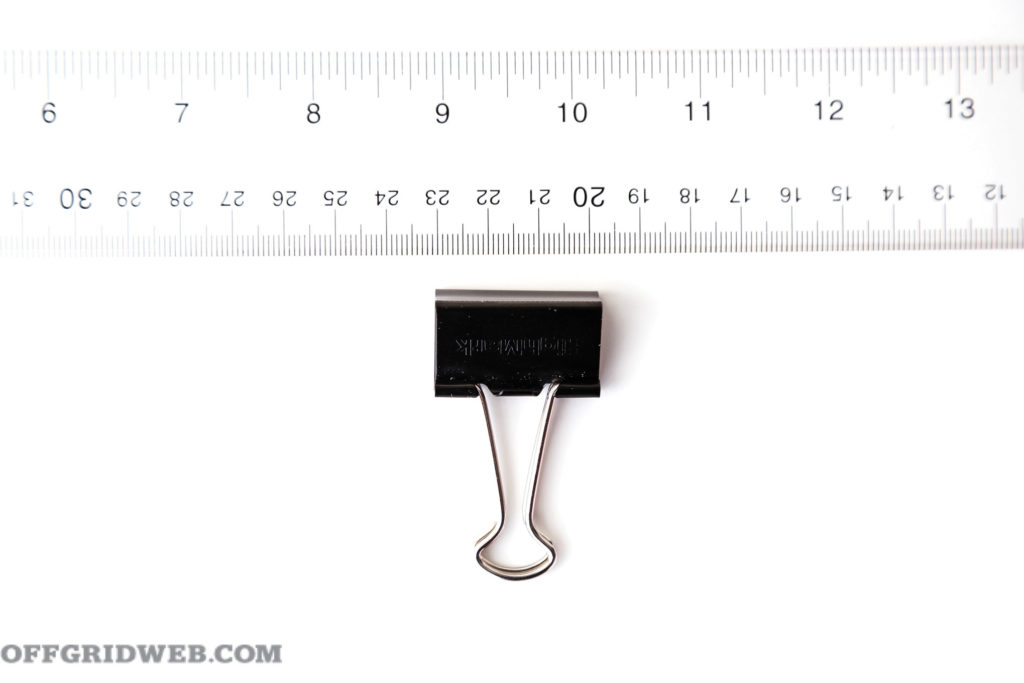
All too often, newbie survivalists want the flashy toys instead of investing in learning skills. That’s why we’ve included this super low-budget option: the binder clip. Anyone who’s ever attended high school or works an office job has a ton of these stashed in their desk drawer. Pull one out, because it doesn’t just work as a strong money clip, but also can be improvised for a variety of post-SHTF scenarios — you’re limited only by your skills and imagination.
Pros:
- Super cheap option at about 16 cents a piece
- Lightweight and durable
- Can hold several credit cards and a decent-sized wad of cash
- Has many improvised survival functions when used in conjunction with other items, e.g. set up a rain catcher, secure tarp for shelter, etc.
Cons:
You won’t win any style points.
Vargo Titanium Money Clip
Material: Titanium
Dimensions: 2 by 0.8 ounces
Weight: 0.3 ounces
MSRP: $20
URL: vargooutdoors.com
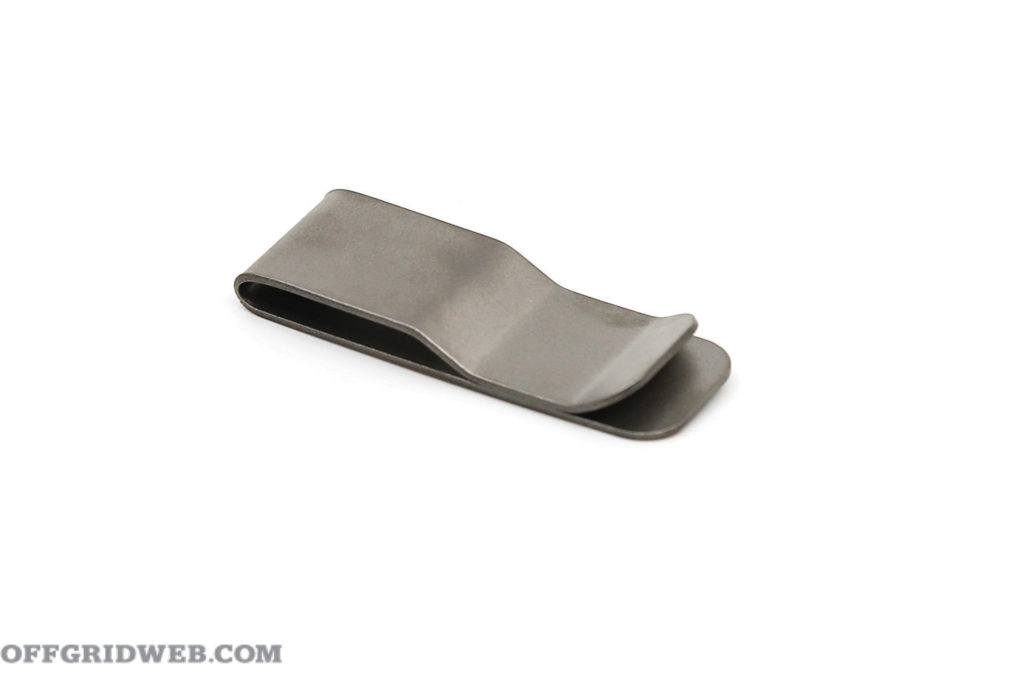
This little puppy is for ultra minimalists. It’s 2 inches long, flatter than a pancake, about the width of a finger, and just a third of an ounce (seven grams) — making it a barely there holder of your hard-earned bucks. Plus, it’s made of titanium, which has one of the best strength-to-weight ratios of any metal. This is most ideal for those who need to save weight while out on the trail or just on a quick convenience store run.
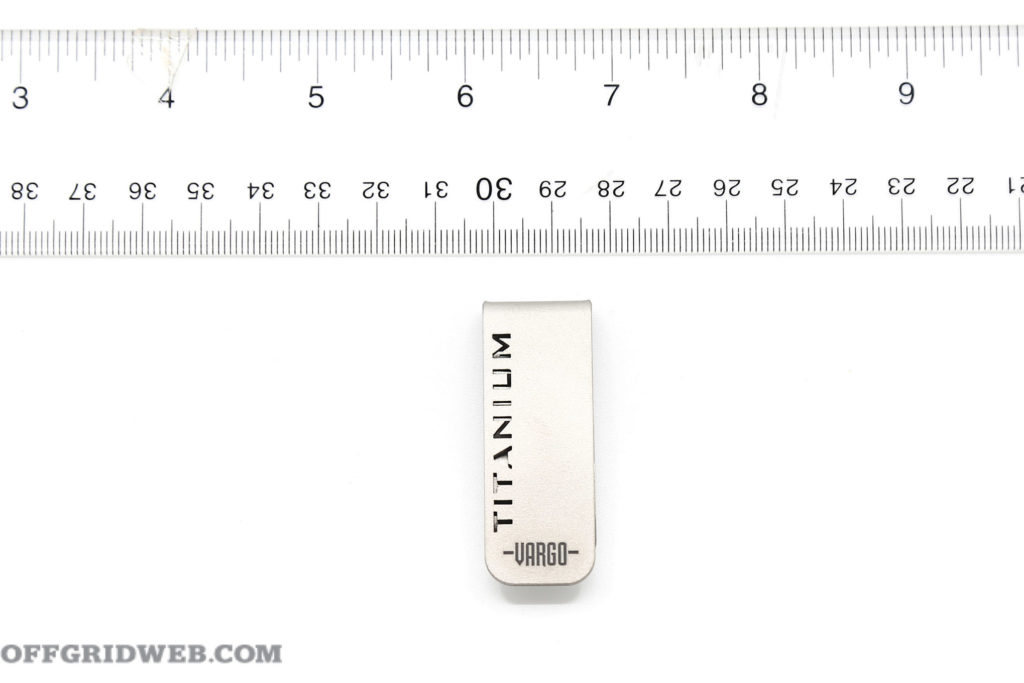
Pros:
- Slim, light, and classy
- Titanium is crazy strong, so this clip will hold tight to your stash.
- Sophisticated and aesthetically pleasing in its simplicity
Cons:
- Nitpicking here — because it does its job beautifully — but, aside from holding your bread, it doesn’t have any other function.

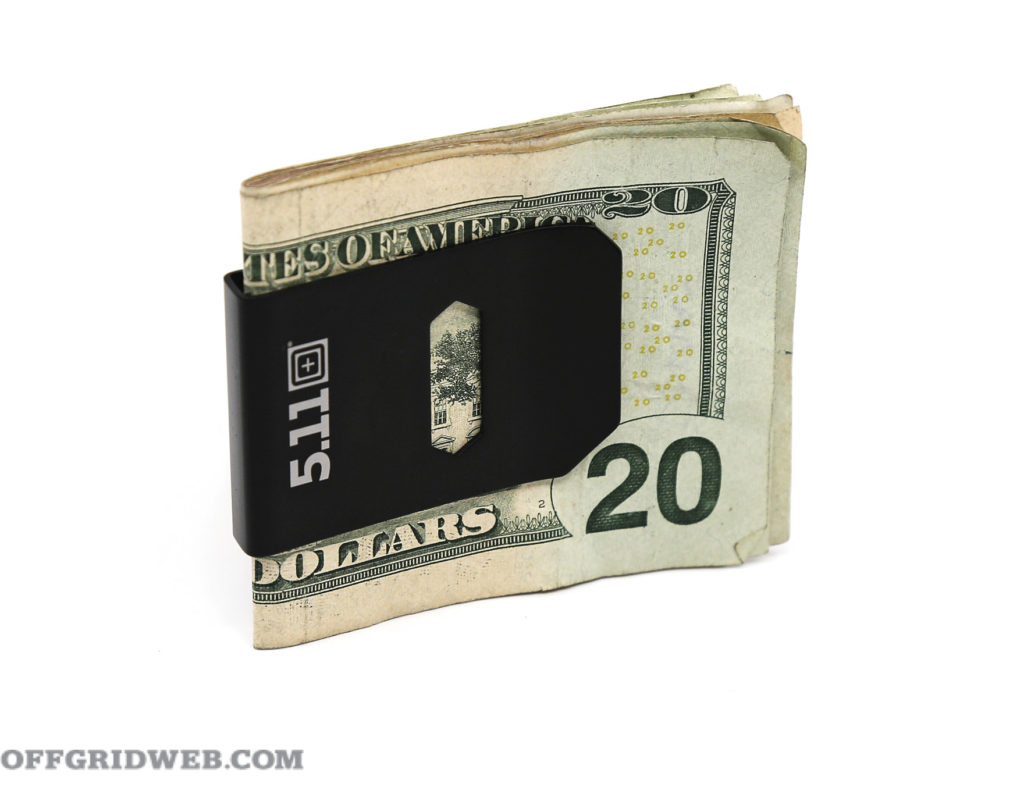
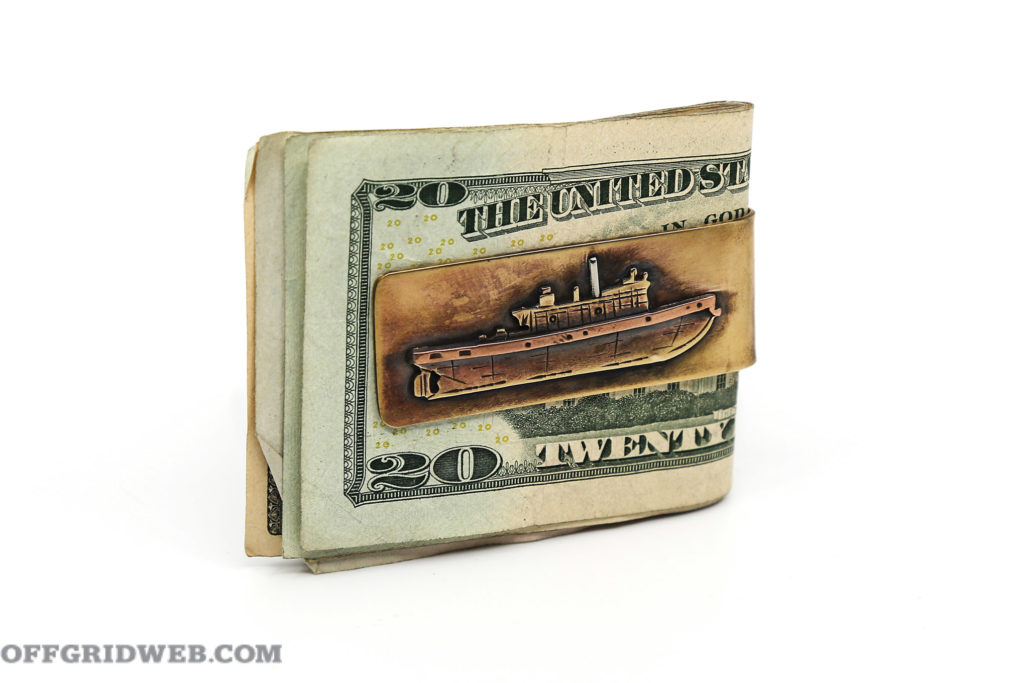
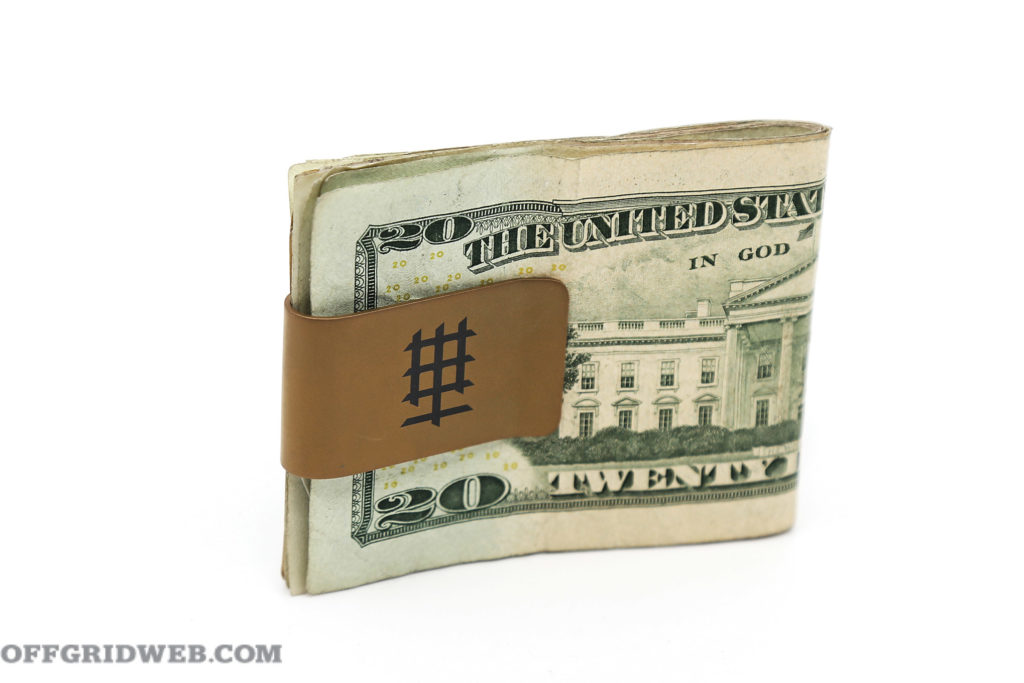
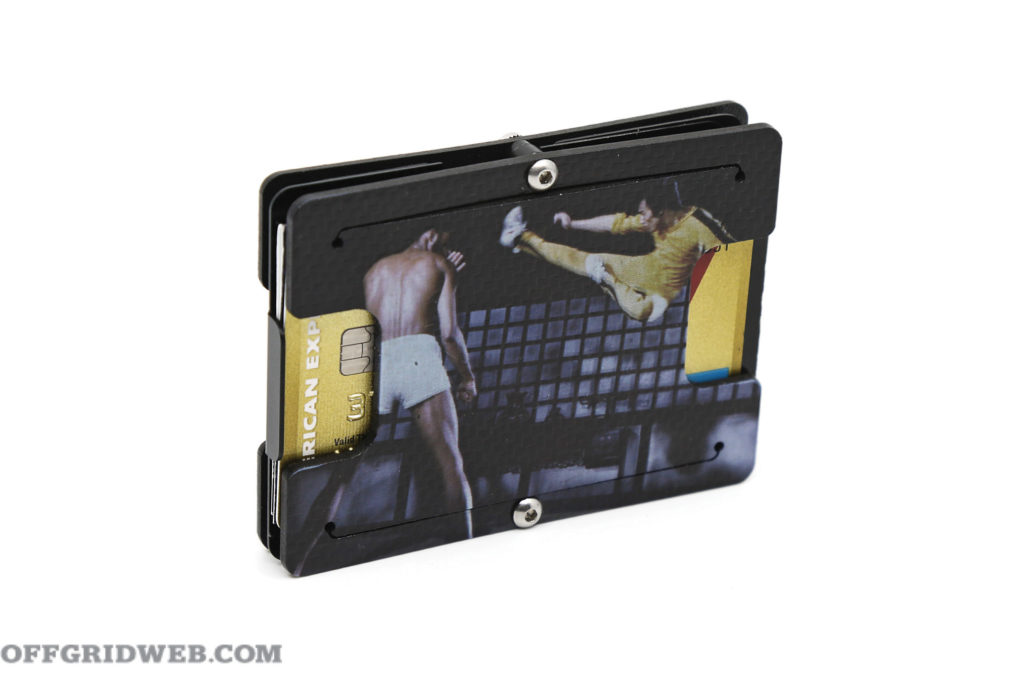
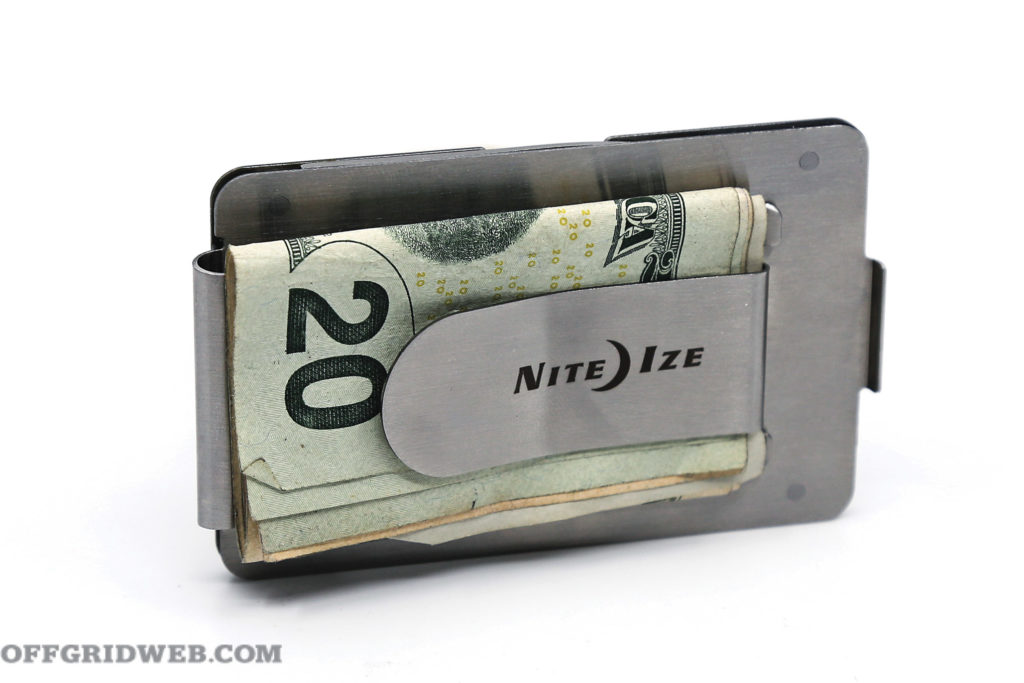

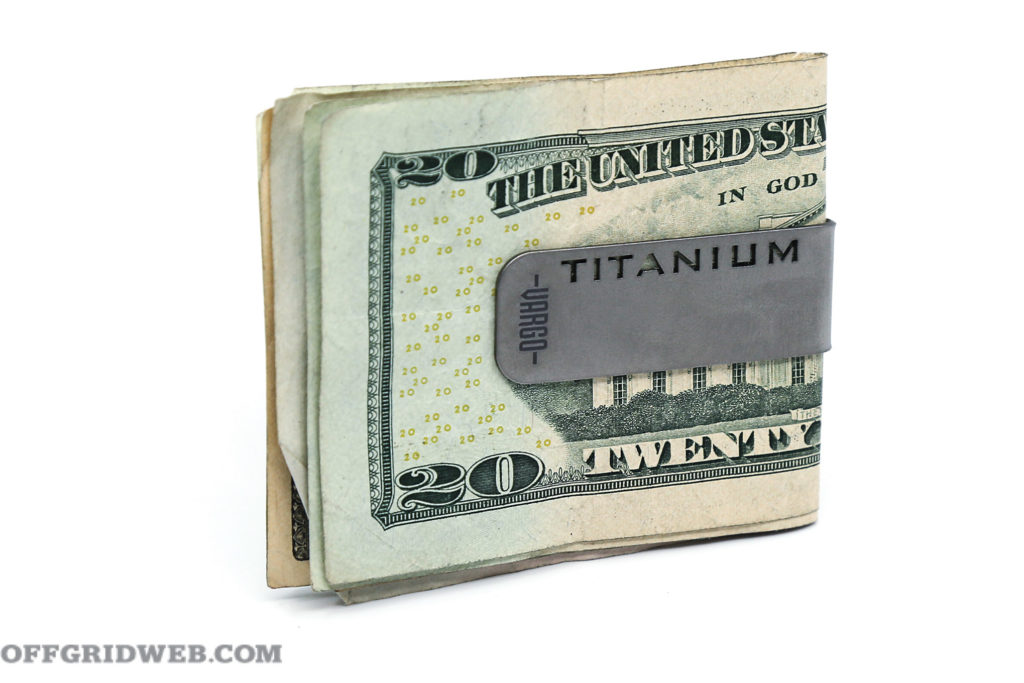
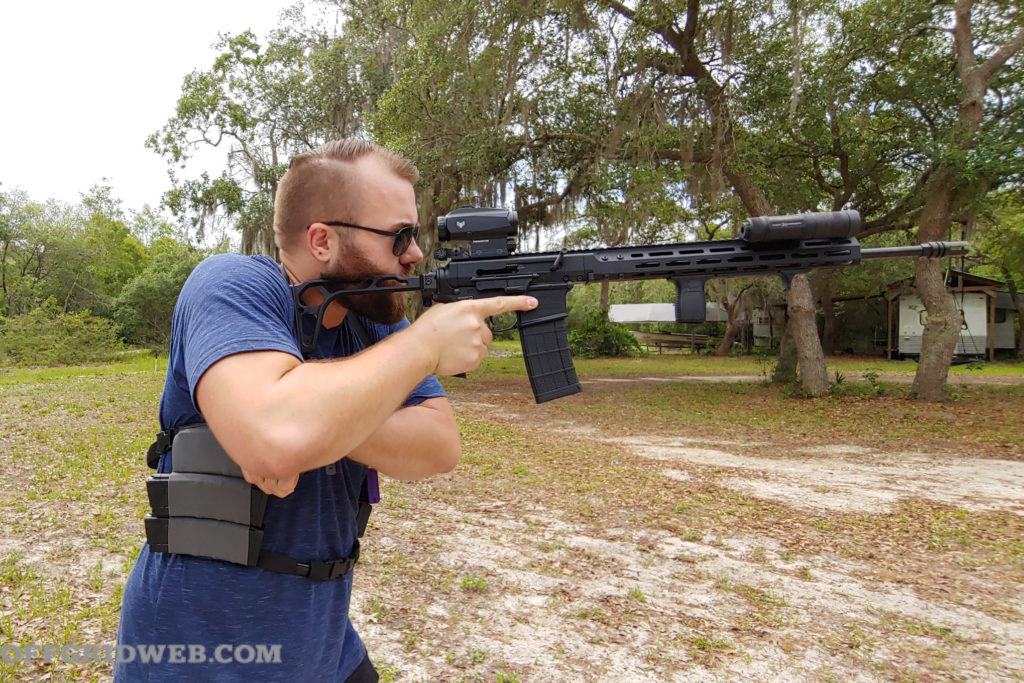
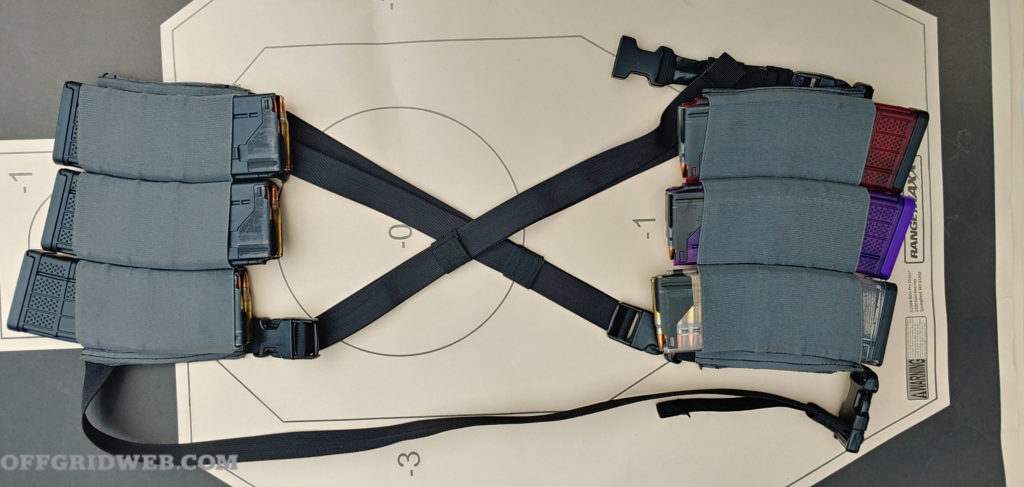
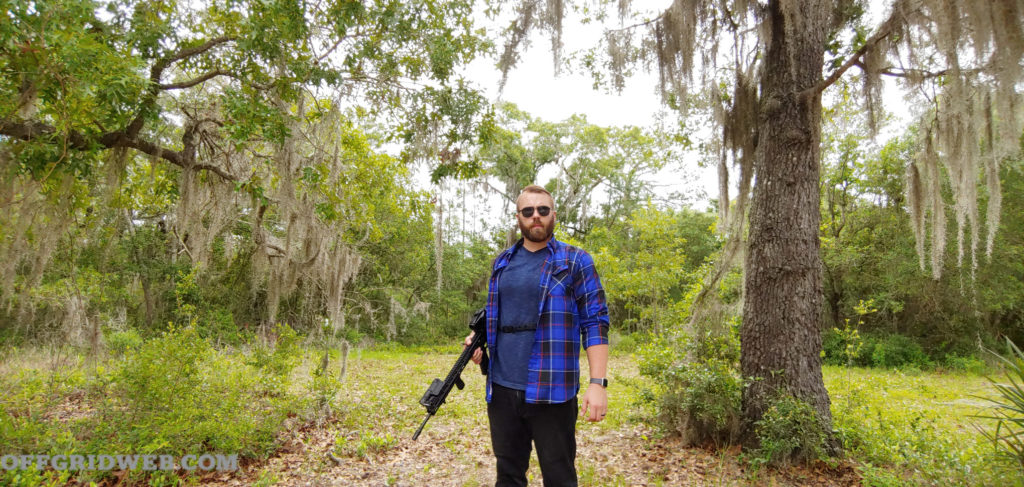
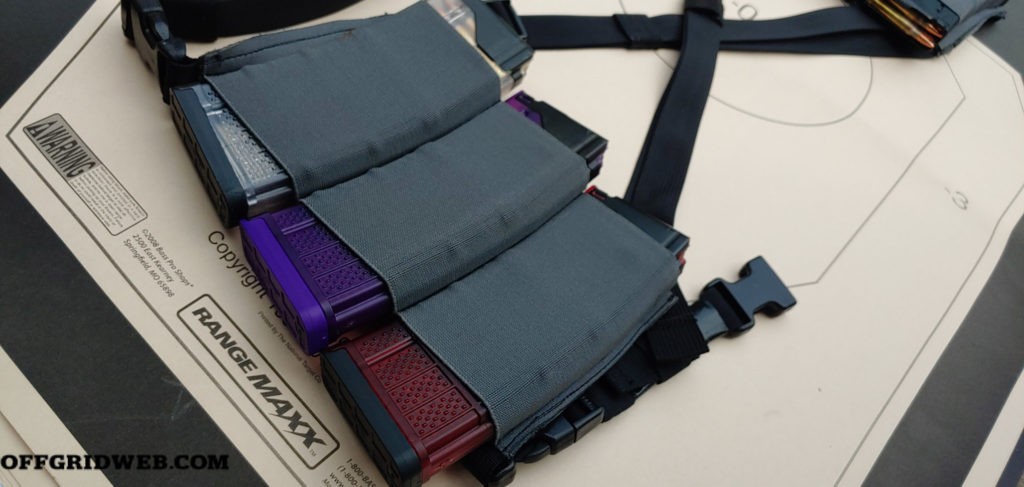
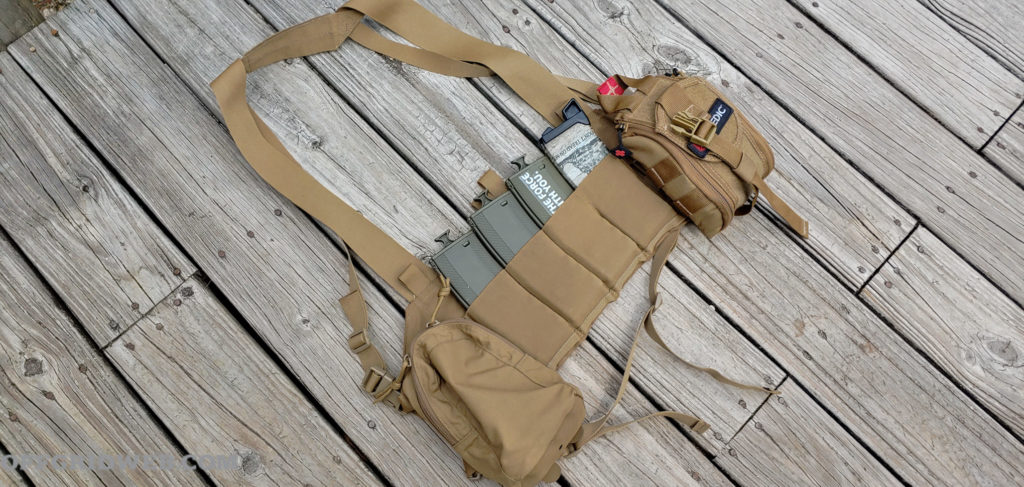
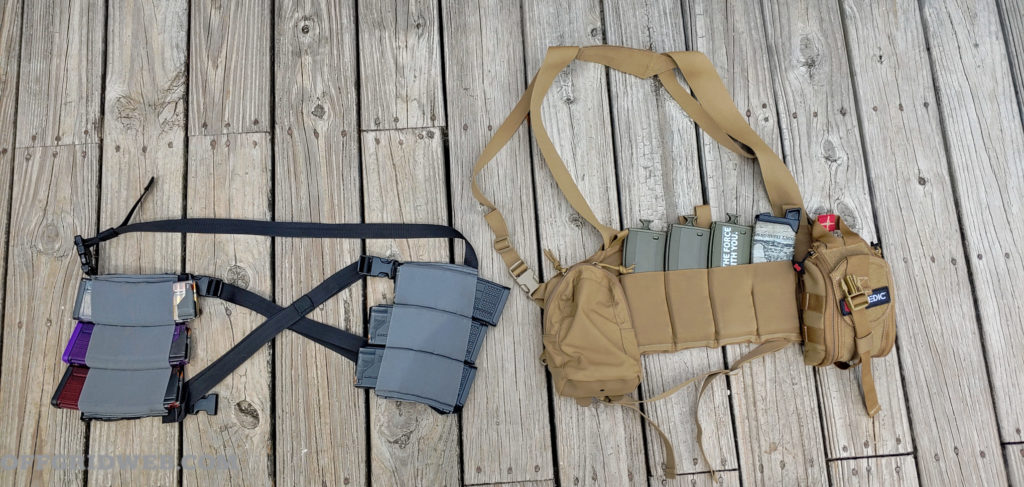
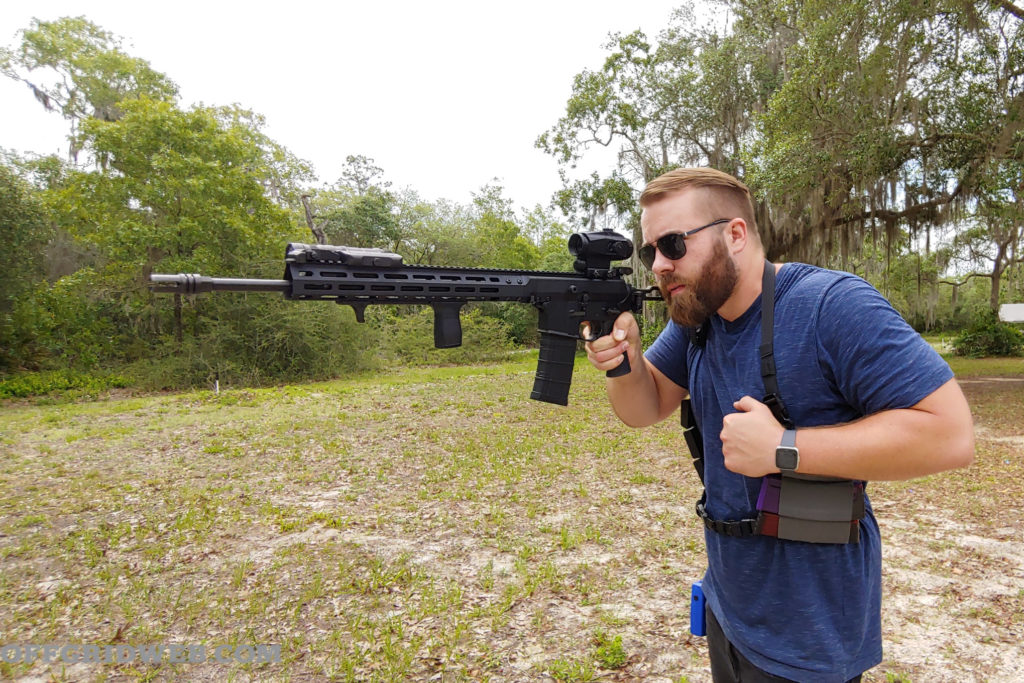
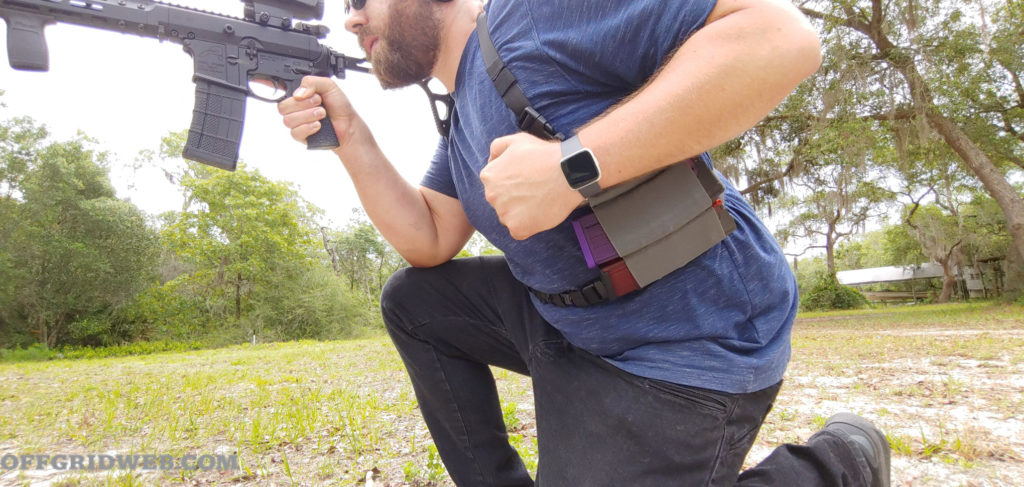
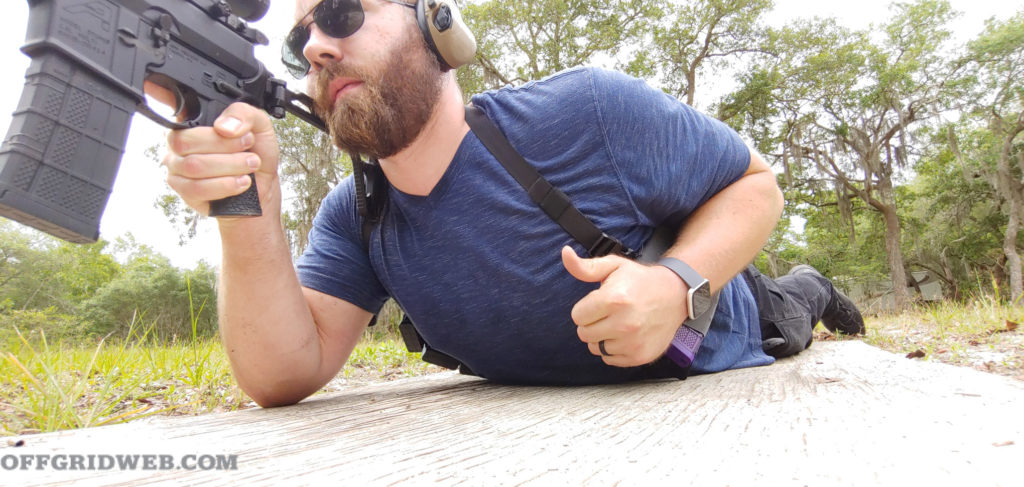
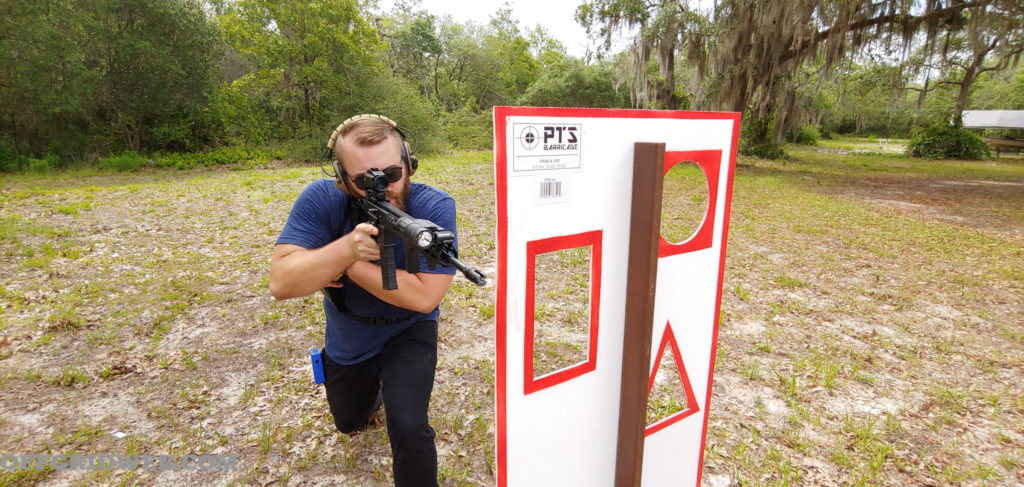
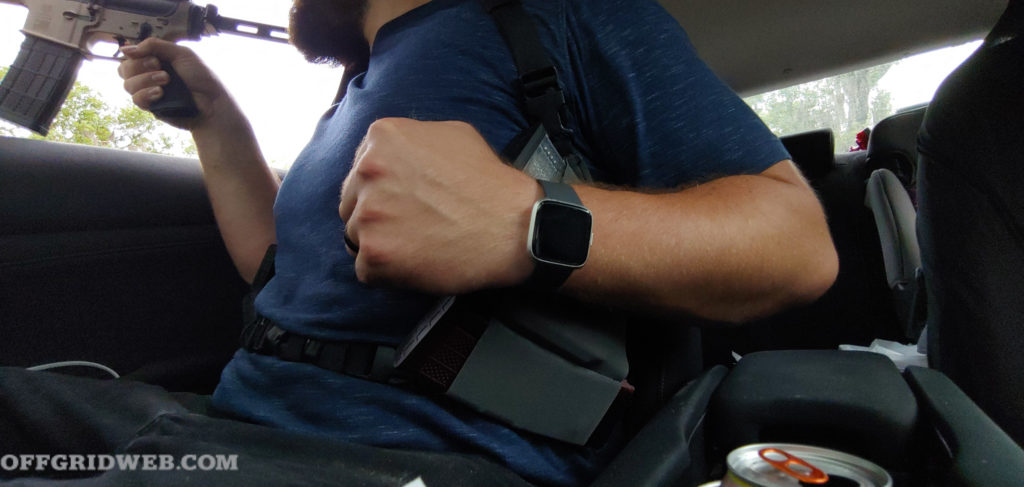
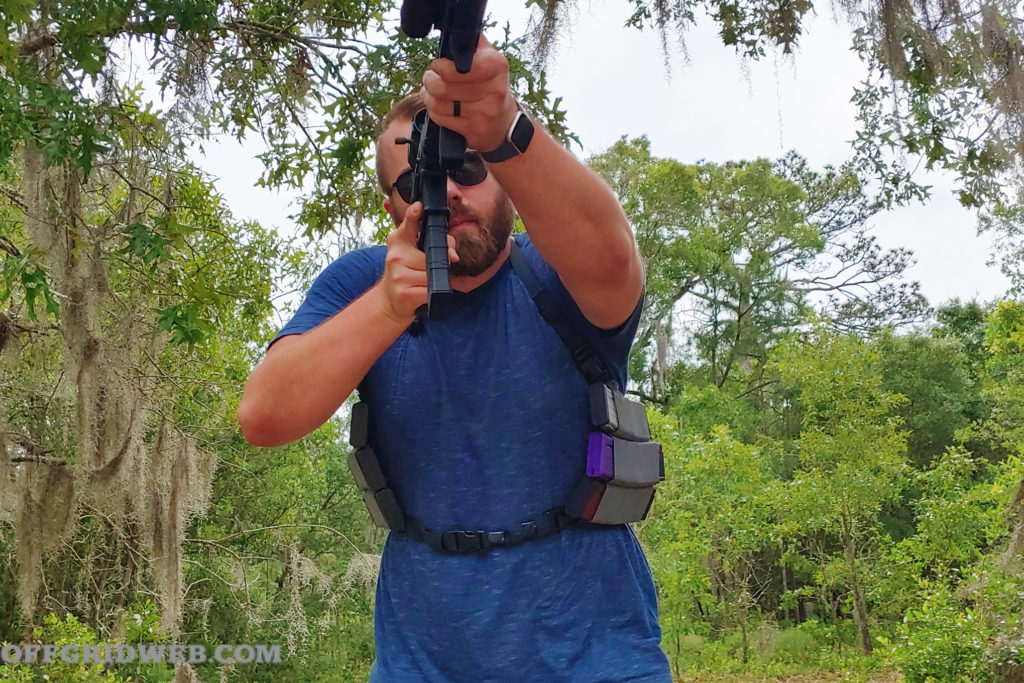
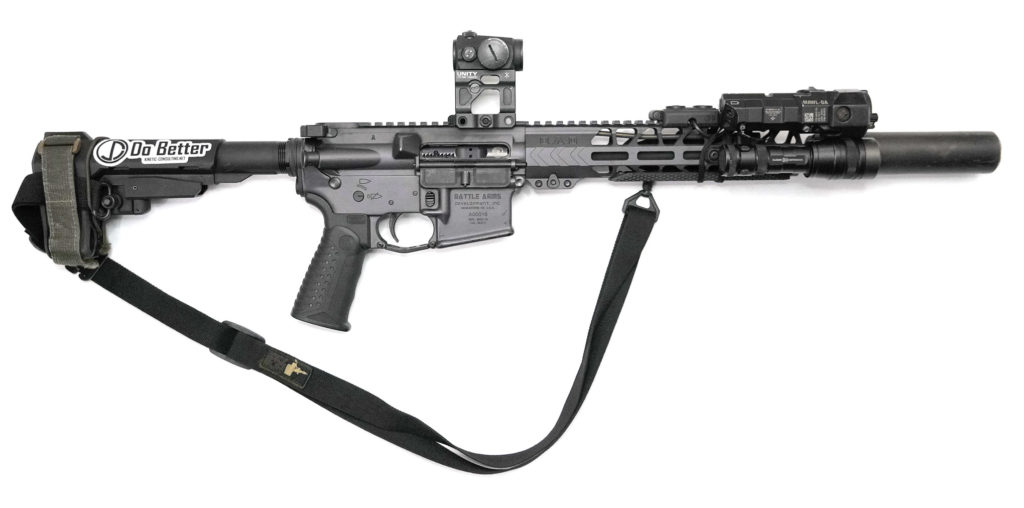
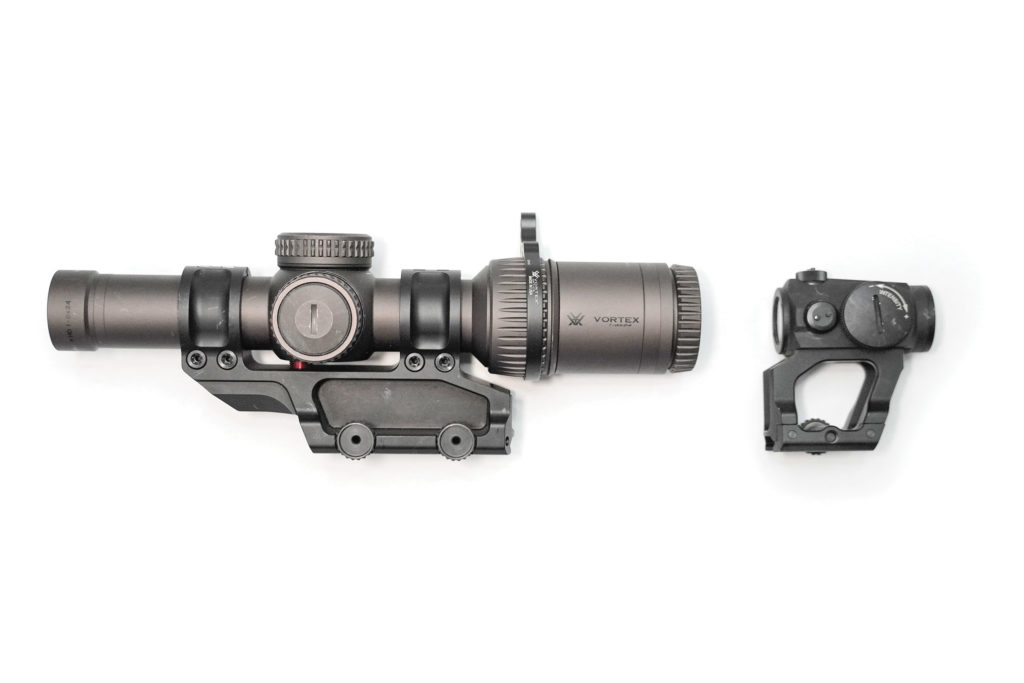
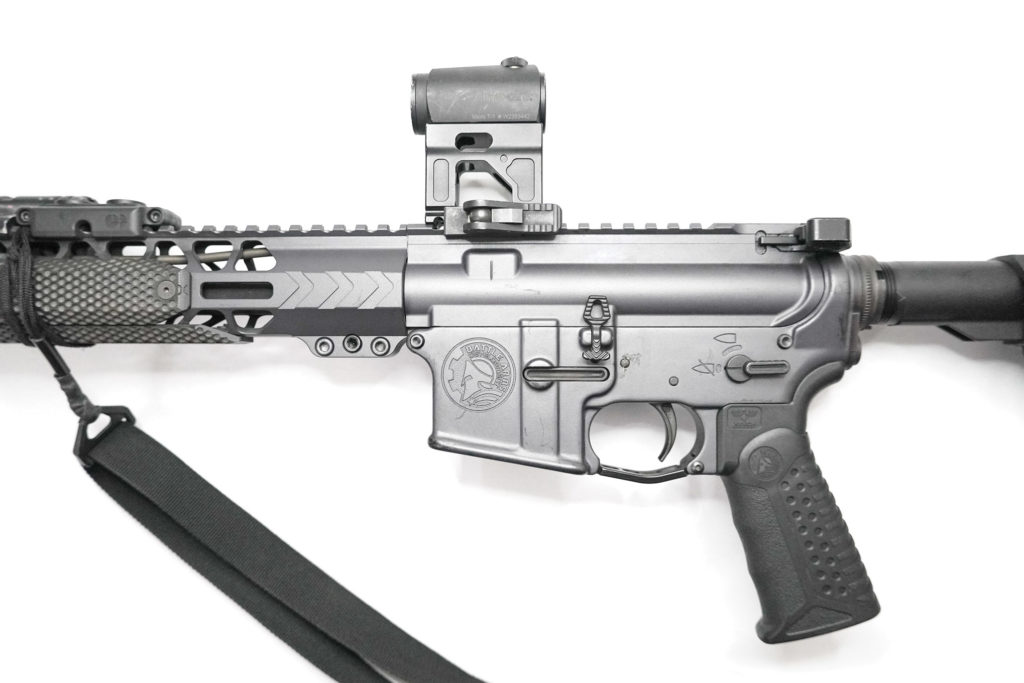
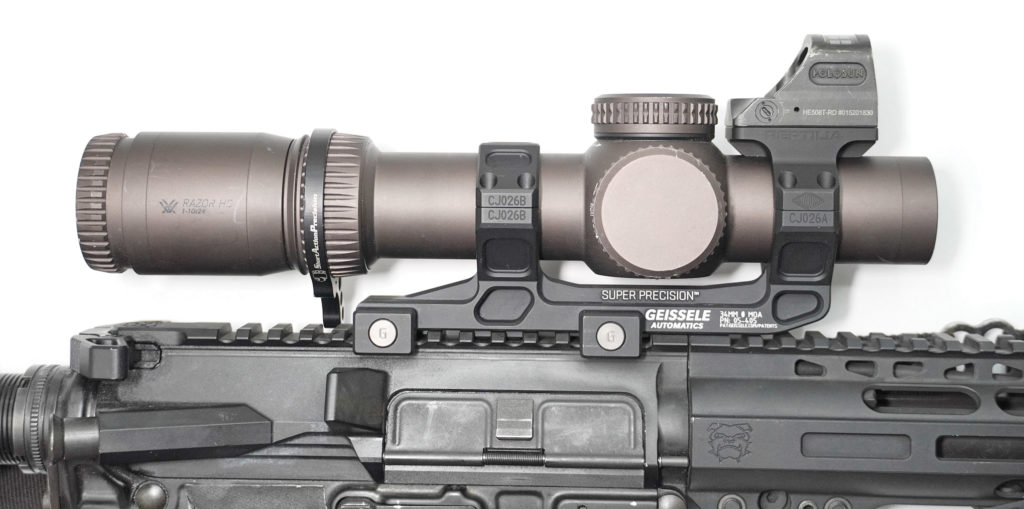
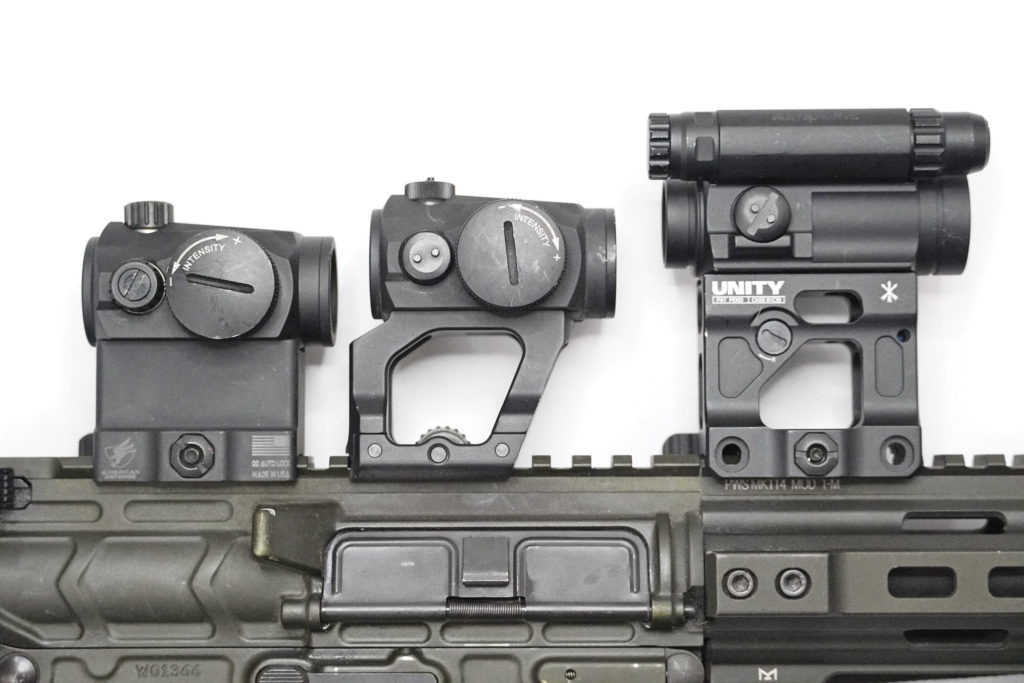
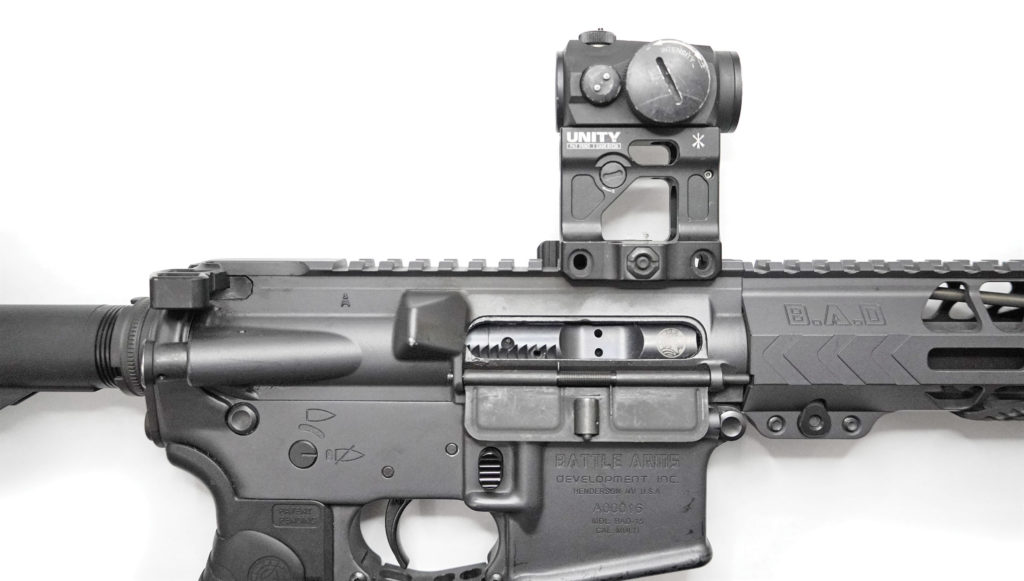
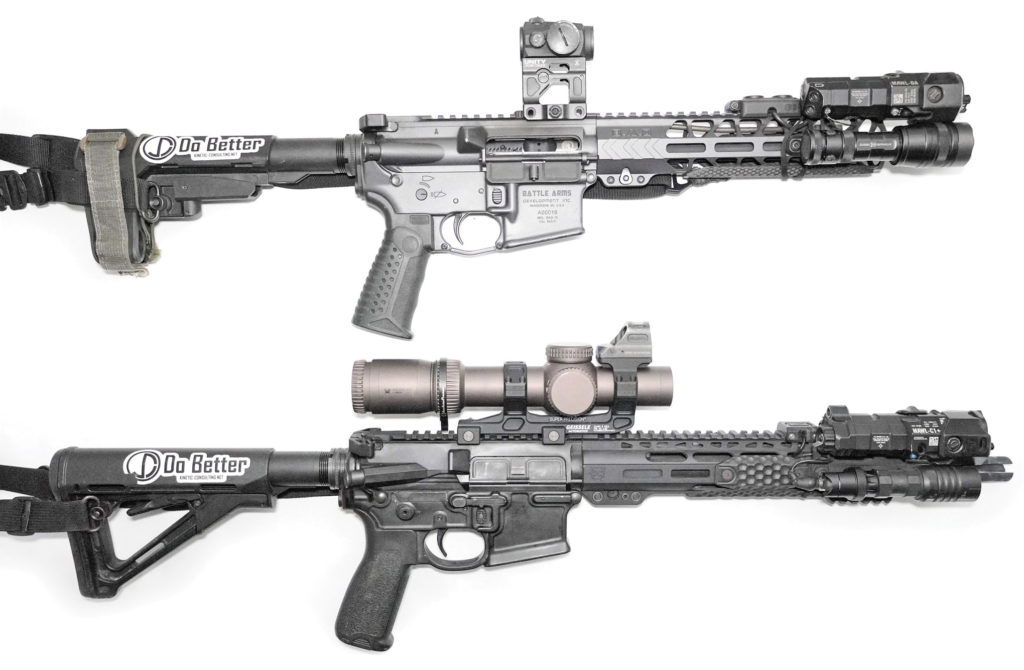
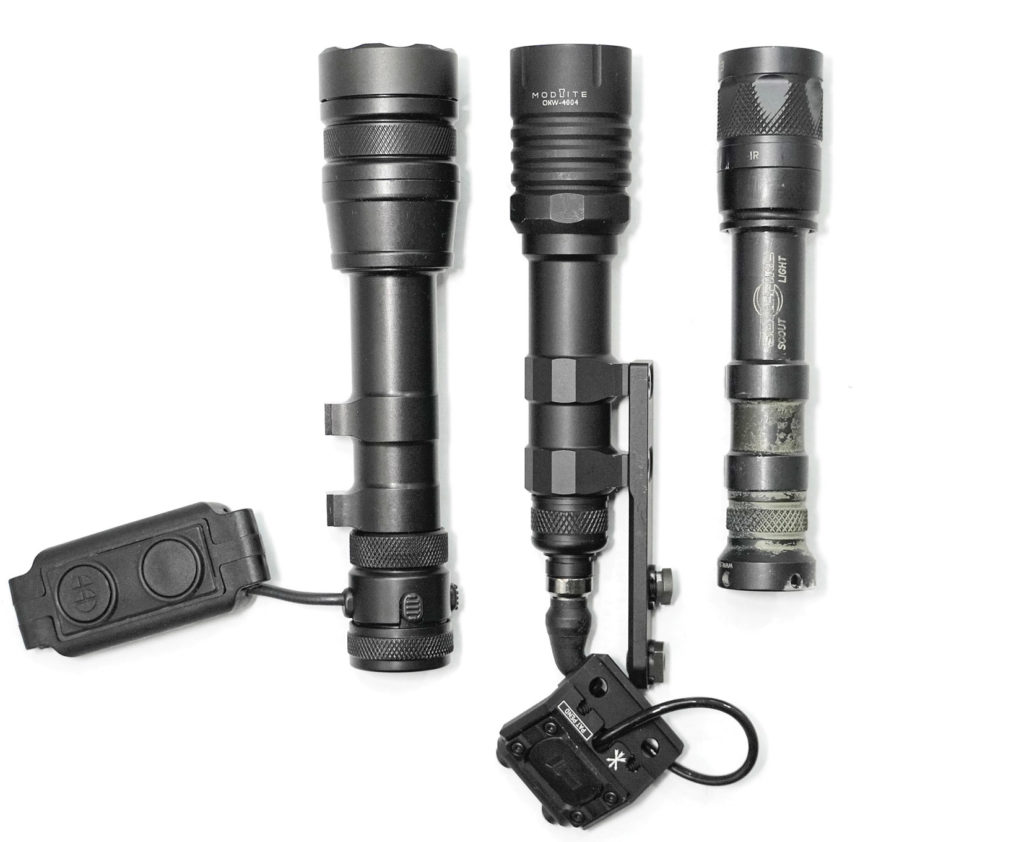
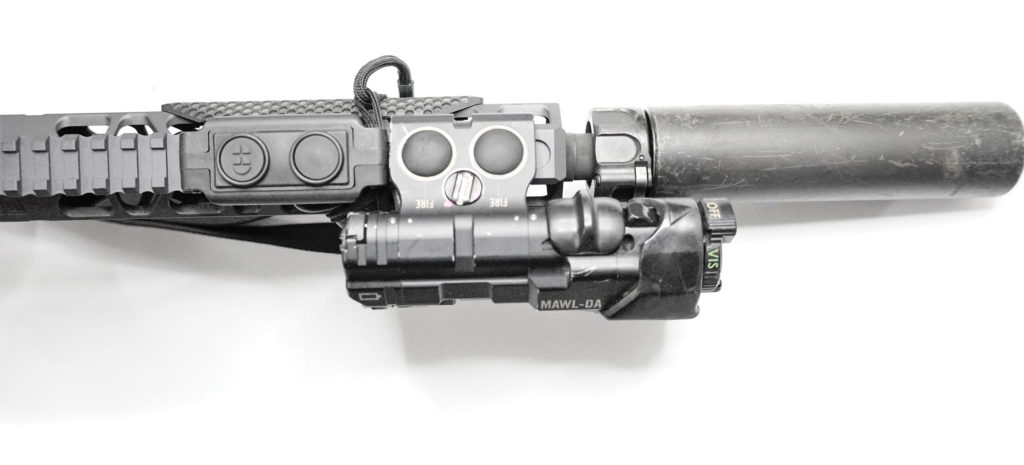
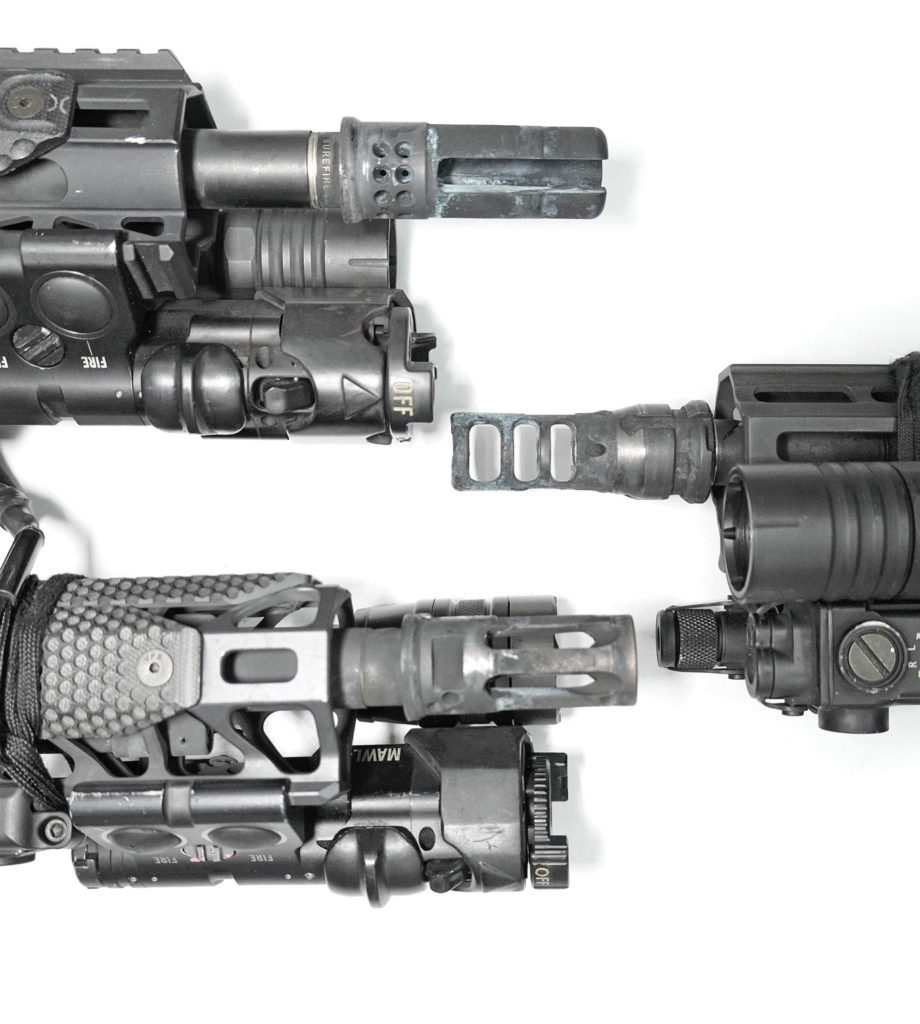 Above: From top to bottom, a SureFire Warcomp flash hider, Dead Air Keymount brake, SureFire Warcomp closed-tine flash hider.
Above: From top to bottom, a SureFire Warcomp flash hider, Dead Air Keymount brake, SureFire Warcomp closed-tine flash hider. 